Baldur's Gate 3 is an epic role-playing game based on the rules of Dungeons & Dragons 5th Edition. Developed by Larian Studios and released on August 3, 2023, the game has captivated the hearts of millions of players worldwide since its demo version.
We’ve wrote an extensive character creation guide for beginners, explaining the basics of races, classes, attributes, and balance. After reading this guide, you’ll learn how to create unbeatable warriors, powerful wizards, and charismatic bards!
What are attributes
Attributes are the core indicators of each character's abilities, whether from your party or an enemy. They define a hero’s strengths and weaknesses. There are six attributes: Strength, Dexterity, Constitution, Intelligence, Wisdom, and Charisma. By default, each attribute starts at level 8, and anything above that comes from racial bonuses. You are given 27 points to distribute manually, or the game can automatically assign them based on your character’s class and race.
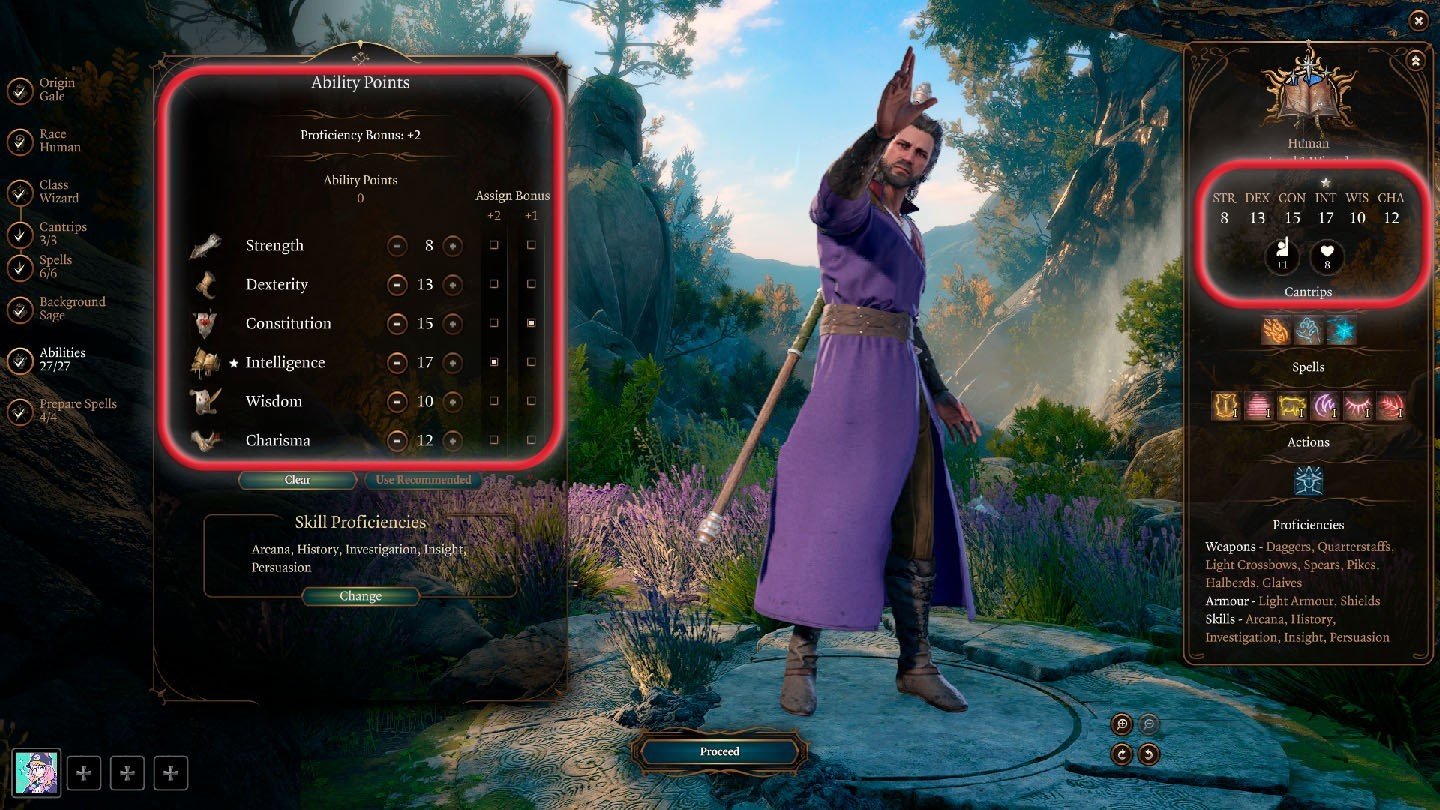 Image: Ensigame.com / Attributes in BG3
Image: Ensigame.com / Attributes in BG3
Attributes provide modifiers — numerical bonuses that reflect how skilled your character is in a specific area. For example, 14 Strength gives a +2 modifier. This bonus is added to attack rolls, damage, and other checks.
Here’s how the modifier is calculated:
- 8-9: -1
- 10-11: +0
- 12-13: +1
- 14-15: +2
- 16-17: +3
- 18-19: +4
- 20: +5
The maximum for any attribute is 20, with a corresponding +5 modifier. At levels 4, 8, and 12, you get 2 points to increase your attributes. Alternatively, you can choose a special feat. Plan your attribute distribution ahead of time. For example, starting with 15 Strength will allow you to increase it to 16 (+3) at level 4. Remember, you’ll only have 3 opportunities to enhance your attributes throughout the game.
In Baldur's Gate 3, following D&D 5th Edition rules, each class has a primary attribute (marked with a star) and a secondary attribute for convenience. These two attributes influence a character’s power, chance to hit an enemy, and the damage they deal.
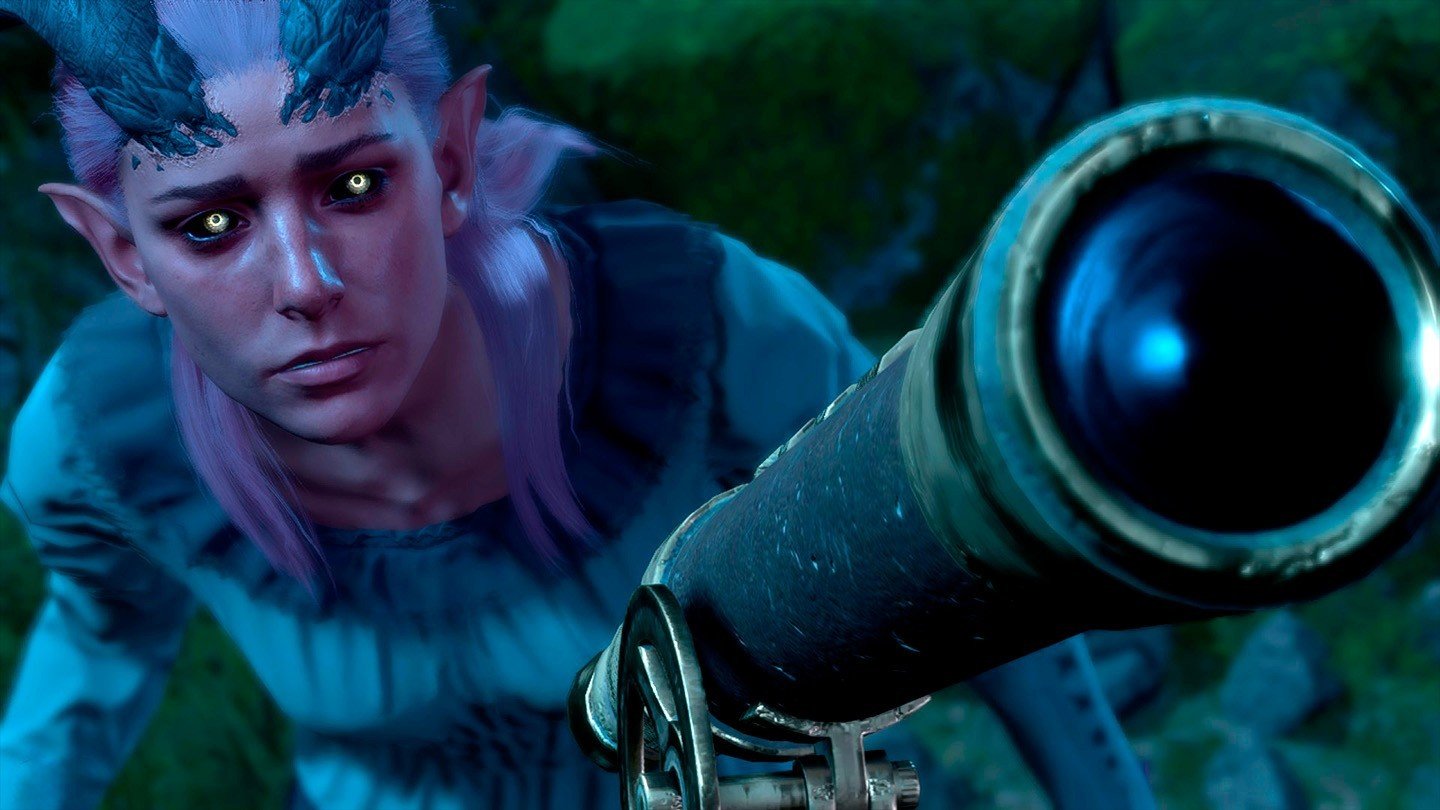 Image: Ensigame.com / Baldur's Gate 3
Image: Ensigame.com / Baldur's Gate 3
Let’s take the Ranger as an example. Their primary attributes are Dexterity and Wisdom. Dexterity affects physical attacks, while Wisdom influences spells. You should allocate attribute points depending on your preferred playstyle.
Prioritize primary attributes first, then consider the secondary ones. We recommend choosing from the list below:
- Constitution affects the character’s health.
- Dexterity impacts armor class for characters in light and medium armor. We recommend having at least a +1 modifier, meaning a minimum of 12 Dexterity.
Each attribute is linked to certain skills. For instance, Strength influences Athletics. Keep this in mind when creating your character and deciding on their role in the party.
It’s important not only to maximize your primary attributes but also to create a balanced character capable of handling various situations.
|
Attribute |
Skill |
|---|---|
|
Strength |
Athletics |
|
Dexterity |
Acrobatics, Sleight of Hand, Stealth |
|
Constitution |
No direct skills, affects health |
|
Intelligence |
Arcana, History, Investigation, Nature, Religion |
|
Wisdom |
Perception, Survival, Medicine, Insight, Animal Handling |
|
Charisma |
Performance, Intimidation, Deception, Persuasion |
Character skills are determined by several factors:
- Background
- Race
- Class
When choosing a skill, not only is the attribute modifier added to checks, but also a proficiency bonus. For example, a bard with +3 Dexterity and the Sleight of Hand skill will receive a +5 bonus (+3 from Dexterity and +2 from proficiency bonus at lower levels).
The proficiency bonus is a numerical value that reflects your character's overall experience and skills. It increases as the character levels up and is added to attack rolls, saving throws, and skill checks in which the character is proficient. At level 1, the proficiency bonus is +2 and gradually increases to +6. This bonus is universal and applies to all actions where the character is considered experienced.
Races
Baldur's Gate 3 offers a wide variety of races, each with unique traits and backgrounds. The game features 11 main races, some of which have subraces. Your choice of race affects appearance, base stats and abilities, special skills, NPC interactions, and dialogue options.
For example, the Drow are feared by humans, and during dialogue, you may see a special option marked [Drow], meaning you can say that line specifically because you chose this race. Let’s take a closer look at each race.
Humans
 Image: Ensigame.com / Races in BG3
Image: Ensigame.com / Races in BG3
Humans are the most versatile race in the game. They don't have prominent racial abilities but are very adaptable, making them fit any playstyle. In D&D, humans gain a +1 to all attributes, and in BG3, they have the option to choose an additional skill and enjoy increased carrying capacity thanks to the "Features" ability. Among your companions, Gale is a human.
Elves
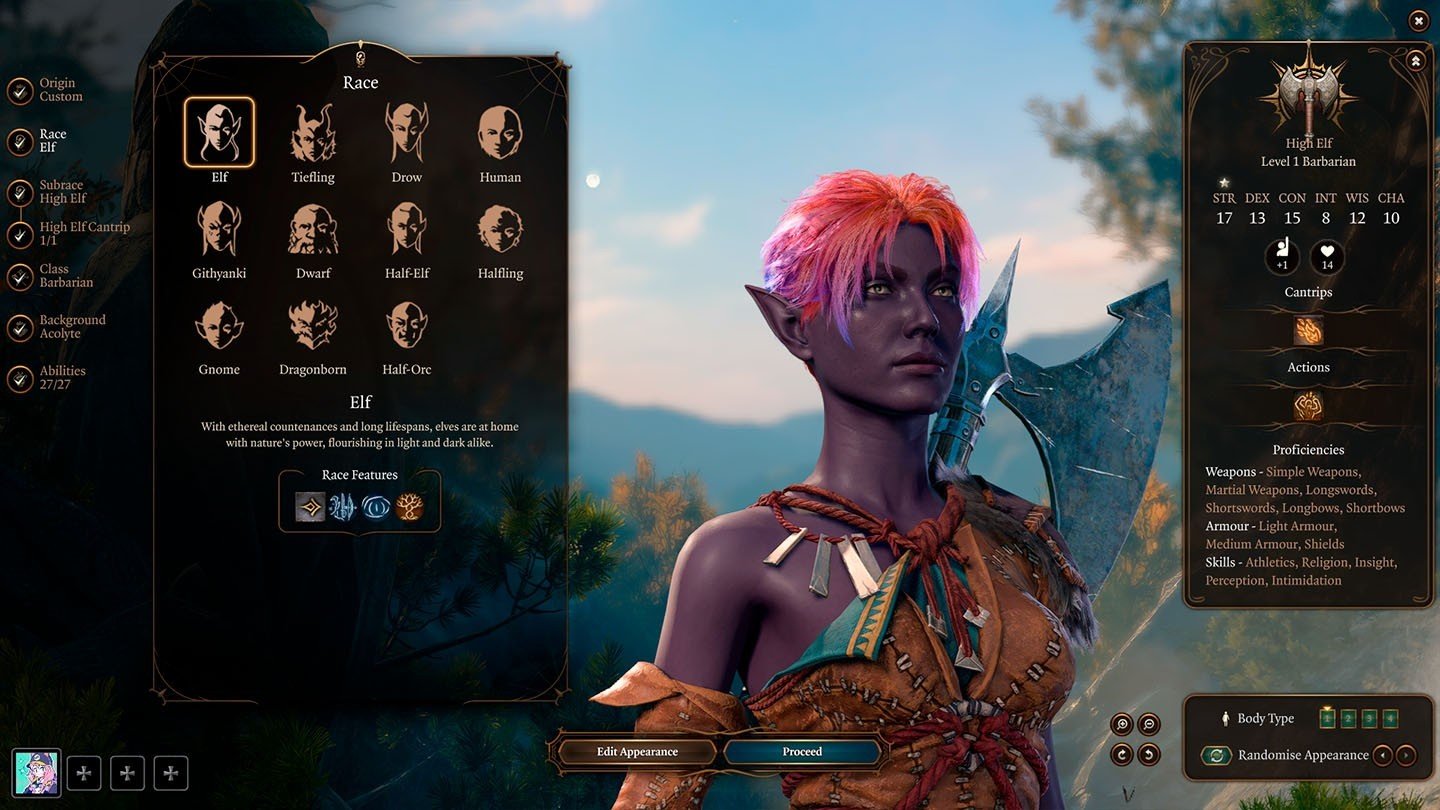 Image: Ensigame.com / Elf race in BG3
Image: Ensigame.com / Elf race in BG3
Elves are divided into two subraces: High Elves and Wood Elves.
- High Elves hail from the mystical Feywild. They highly value magic in all its forms, and even those who don’t study spells can manipulate the Weave. Their unique trait is the "Fire Bolt" cantrip, which they can cast without needing to learn it. The companion Astarion is a High Elf.
- Wood Elves typically have olive skin and a strong connection to nature. They are known for their agility, stealth, and excellent archery skills. Their special trait is faster movement. During the storyline, you’ll meet the potential companion Halsin, who is a Wood Elf.
Drow
 Image: Ensigame.com
Image: Ensigame.com
The Drow, or Dark Elves, live underground according to the lore, though some have ventured to the surface. They have the ability to cast Dancing Lights and possess darkvision. Drow are split into two subraces: Lolth-Sworn and Seldarine.
- Lolth-Sworn are raised by the followers of the cult of Lolth in Menzoberranzan. They are loyal to their malevolent goddess, who grants her followers glowing red eyes to instill fear in other Underdark inhabitants.
- The Seldarine seek allies across Faerûn, aiming to end the conflict with Lolth and each other at any cost. You’ll encounter the companion Minthara, who is a Lolth-Sworn Drow.
Tieflings
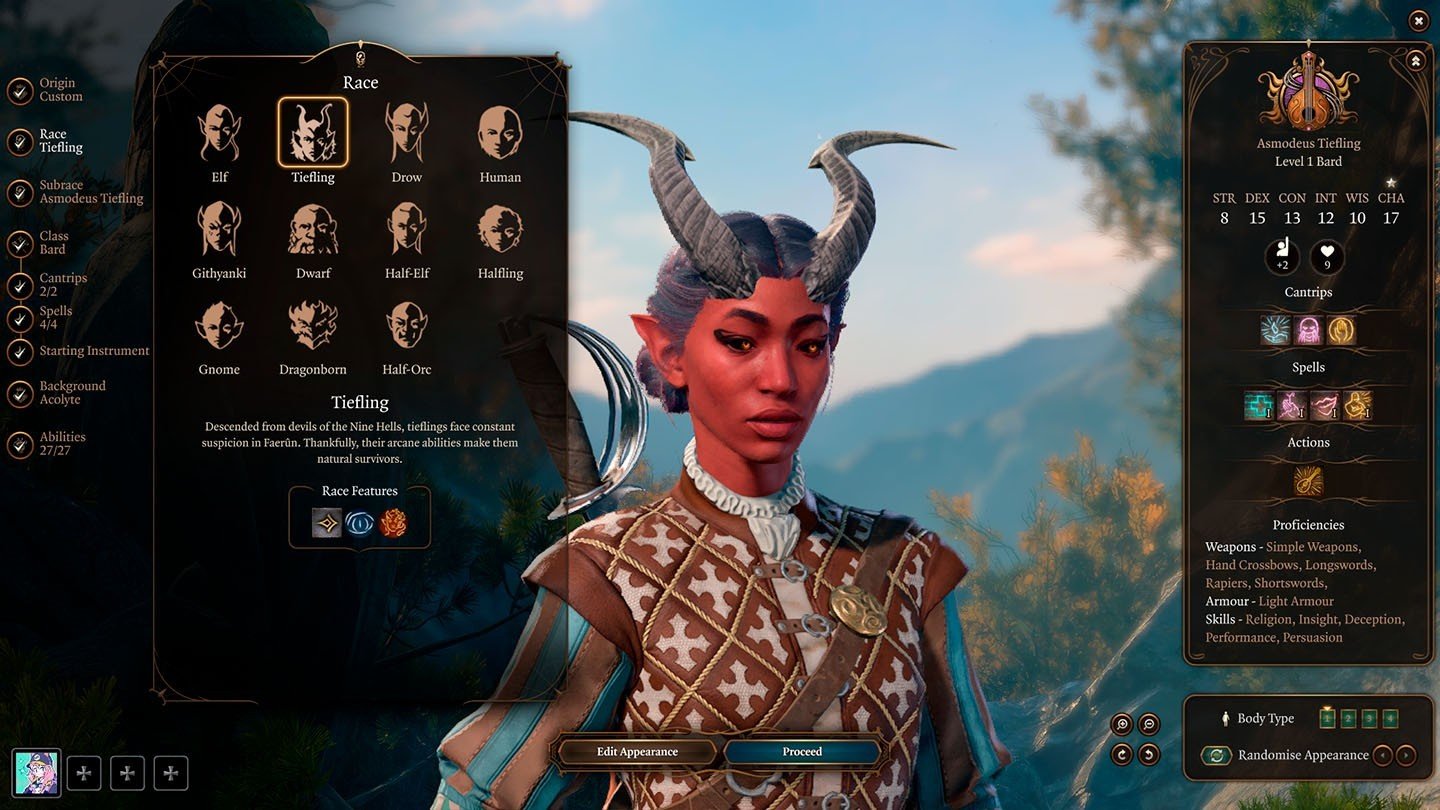 Image: Ensigame.com / Tiefling
Image: Ensigame.com / Tiefling
Tieflings are horned and tailed beings born from the union of mortals and devils. They are divided into three subraces, representing their connection to one of the Lords of the Nine Hells. All Tieflings have darkvision and resistance to fire damage. Among your companions, Karlach is a Tiefling of Zariel’s bloodline.
Tieflings in BG3 come in three types:
- Asmodeus — darkness;
- Mephistopheles — magic;
- Zariel — warriors of fire.
Half-Elves
 Image: Ensigame.com / Half-Elf
Image: Ensigame.com / Half-Elf
The descendants of humans and elves, Half-Elves combine traits from both races and come in three types: High Half-Elves, Wood Half-Elves, and Drow Half-Elves. Each inherits some traits from their elven ancestors. They have no homeland or community but are welcomed everywhere. Shadowheart is a High Half-Elf.
Dwarves
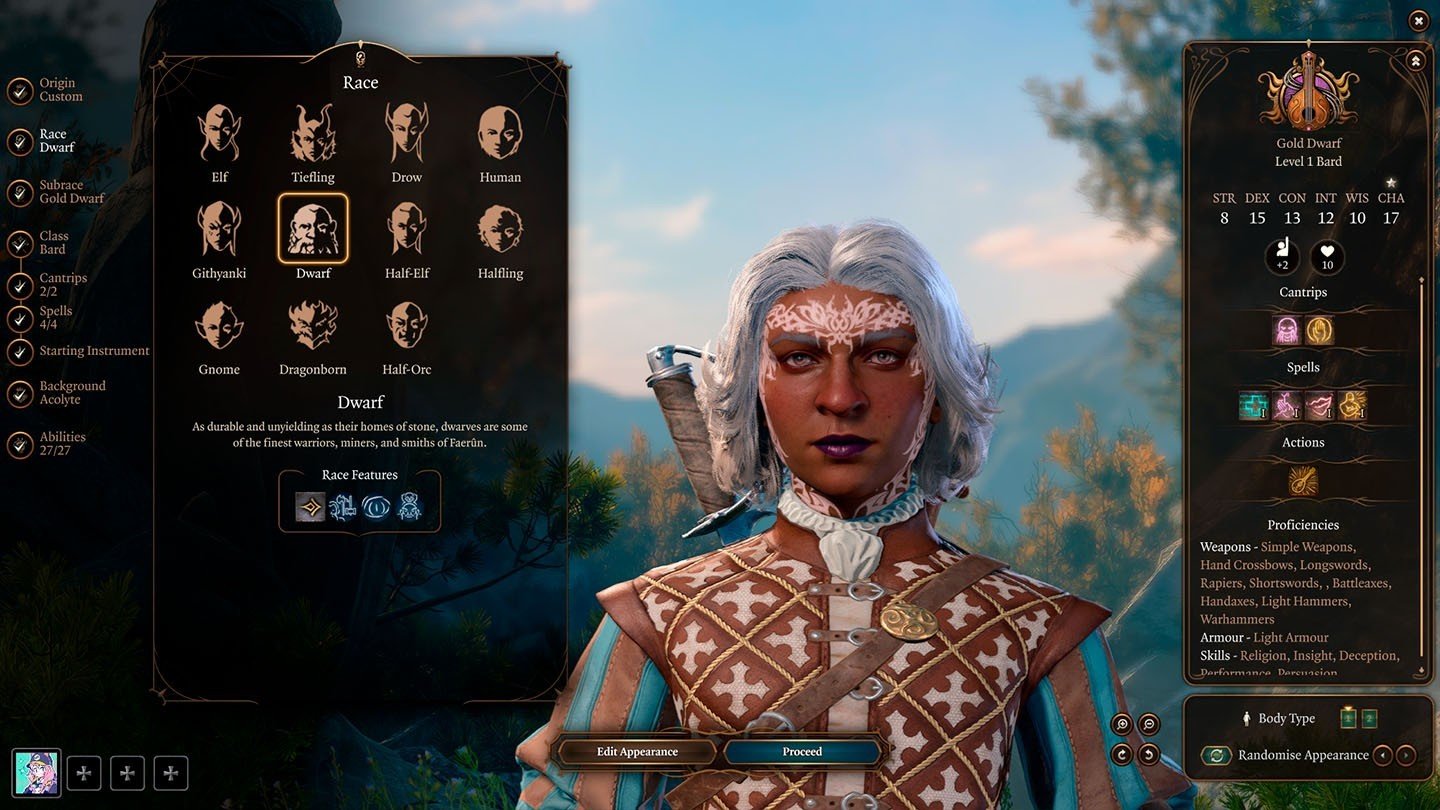 Image: Ensigame.com / Dwarf
Image: Ensigame.com / Dwarf
Dwarves are stocky and strong, the tallest among the shorter races. They are divided into Shield Dwarves, Gold Dwarves, and Duergar. Dwarves are renowned for their endurance and combat prowess, particularly in wielding hammers and axes. The Duergar are a special subtype of dwarves who, due to their long exposure to magical dungeons, have advantages in resisting illusions, charms, and paralysis.
Gnomes
 Image: Ensigame.com / Gnome
Image: Ensigame.com / Gnome
Gnomes are slightly smaller than dwarves and are considered more stealthy. They come in three types: Forest Gnomes, Deep Gnomes, and Rock Gnomes. They possess the "Gnome Cunning" trait, which grants advantages on saving throws against Intelligence, Wisdom, and Charisma effects. Each subrace has darkvision, though Deep Gnomes have enhanced darkvision and excel at Stealth checks.
Forest Gnomes live in peaceful groves and can communicate with animals. Rock Gnomes are more common on the surface and are considered sturdier.
Halflings
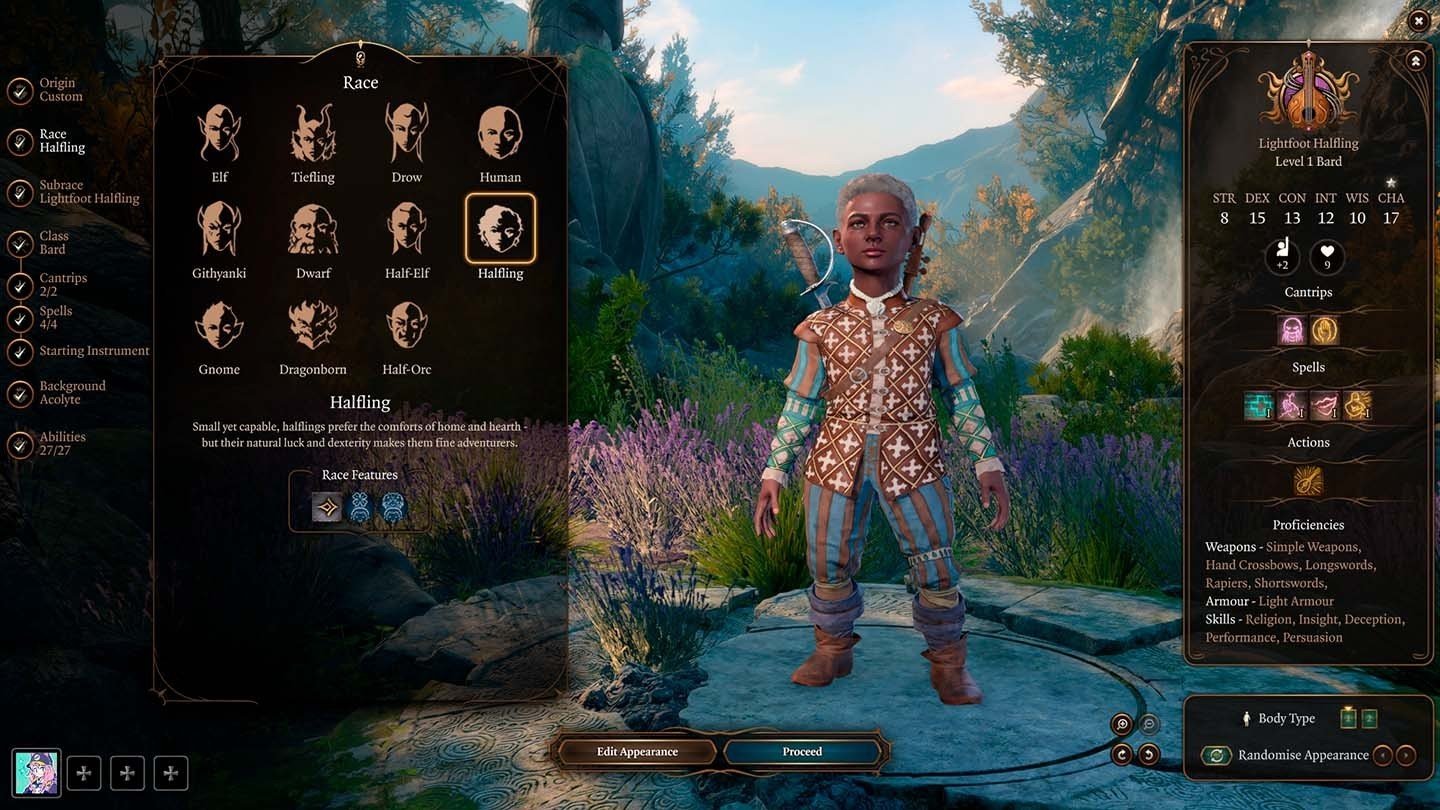 Image: Ensigame.com / Hafling
Image: Ensigame.com / Hafling
Halflings are similar in height to gnomes and are divided into Lightfoot and Stoutheart subraces. Lightfoot halflings are travelers, sociable yet stealthy, and they have advantages in these saving throws. Stoutheart halflings are more resilient and resistant to poison.
This race has two interesting traits. First, if you roll a 1 (a critical failure) on a die, you must reroll and accept the new result. Second, if your party includes two halfling barbarians, you can throw one of them: one halfling grabs the other and tosses them!
Dragonborn
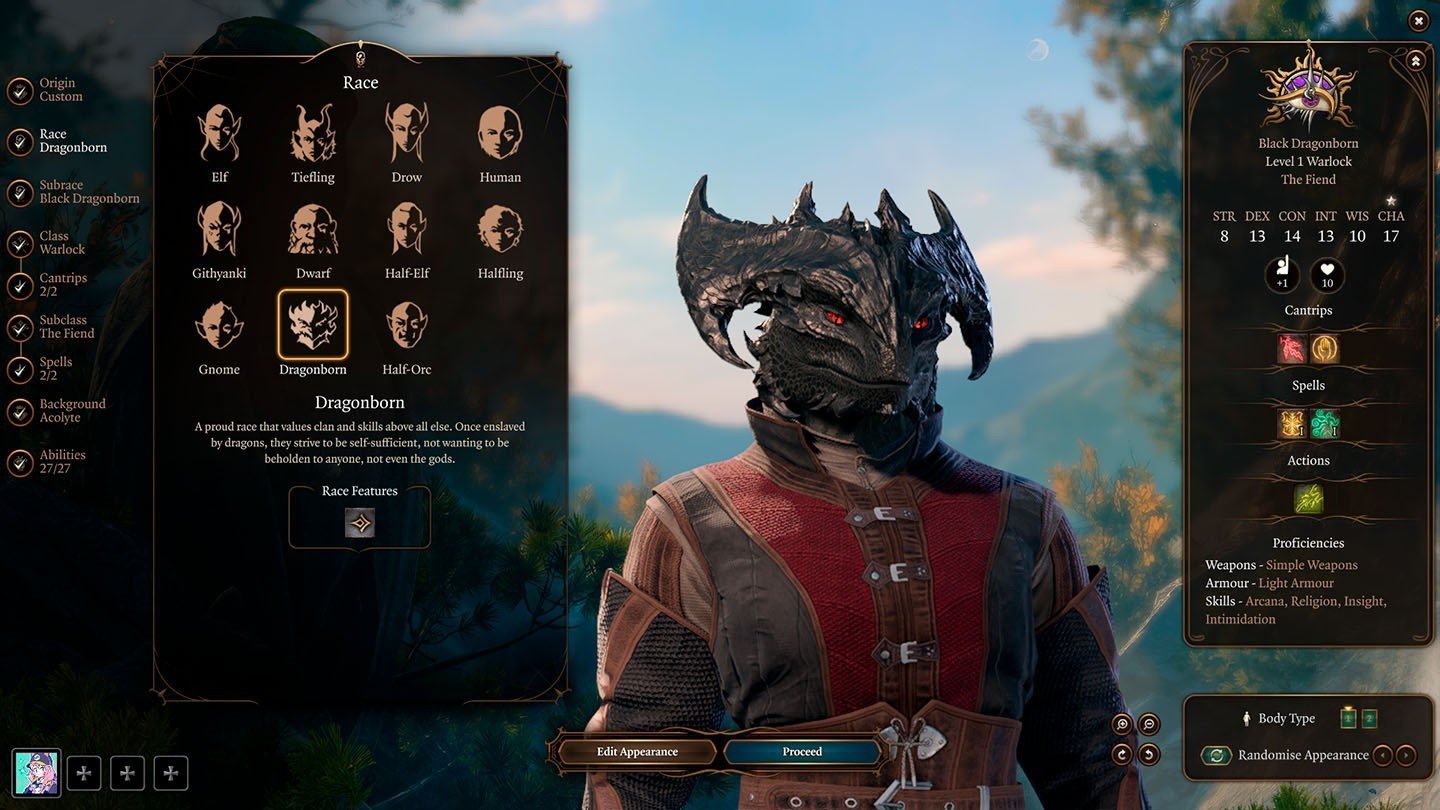 Image: Ensigame.com / Dragonborn
Image: Ensigame.com / Dragonborn
Dragonborn are a proud race that values clan and skill. Once enslaved by dragons, they now treasure their independence above all. There are 10 Dragonborn subraces, each distinguished by color and their breath weapon type. For example, green Dragonborn breathe acid, white ones breathe ice, and gold ones breathe fire.
Here’s a breakdown of each subrace and the elements they breathe, to which they also have resistance:
- Black, Copper — Acid;
- Blue, Bronze — Lightning;
- Brass, Gold, Red — Fire;
- Green — Poison;
- Silver, White — Ice.
Githyanki
 Image: Ensigame.com / Githyanki
Image: Ensigame.com / Githyanki
The Githyanki resemble a mix of human and frog. They possess the "Astral Knowledge" ability, which grants proficiency in all skills of a chosen attribute. The Githyanki have a personal vendetta against the Mind Flayers. Among the companions, Lae'zel is a Githyanki.
Half-Orcs
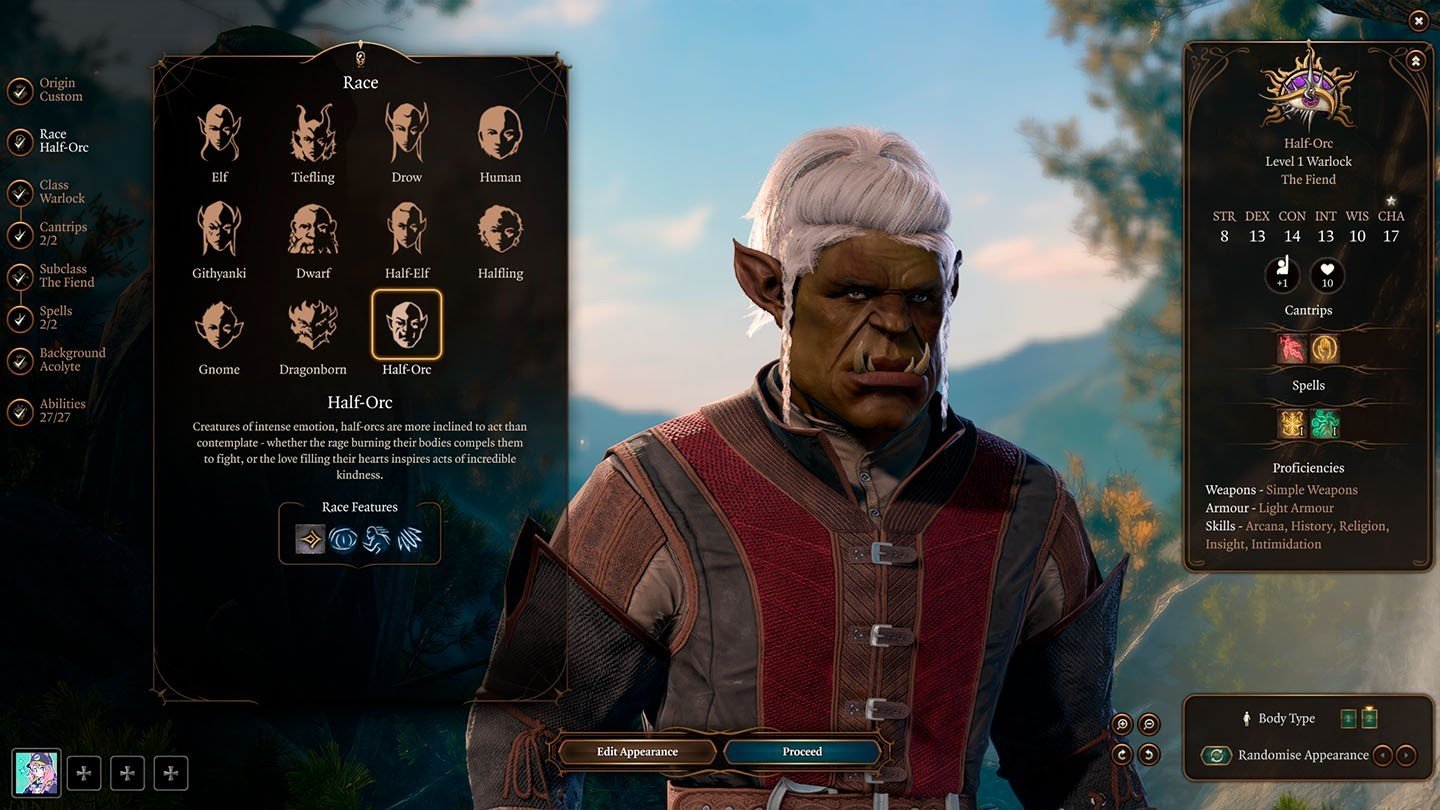 Image: Ensigame
Image: Ensigame
Half-orcs, born of humans and orcs, are larger and stronger than humans but smaller than full-blooded orcs. All half-orcs have noticeable tusks, and their skin may have a grayish or greenish hue. This race is known for its physical strength and endurance.
Half-orcs have darkvision, gain bonuses to critical hits, and if they fall to 0 HP, they don’t immediately die: instead, they regain 1 HP.
Remember, in Baldur's Gate 3, there is no "right" or "wrong" choice. Play as whoever you like, whether you’re drawn to their appearance or lore.
Classes
Classes in Baldur's Gate 3 determine your character’s role in combat and their primary skills. The game features 12 classes, some of which have subclasses that unlock immediately or as your character progresses. Class choice affects:
- Combat style and tactics;
- Available skills and spells;
- The character’s role in the party;
- Progression and equipment choices;
- Certain story and dialogue options.
When choosing a class, consider not only combat abilities but also how the class fits into your character concept and preferred playstyle.
Fighter
 Image: Ensigame.com / Fighter
Image: Ensigame.com / Fighter
Fighters are masters of martial arts and experts with weapons and armor.
➕ Pros:
- High survivability and damage;
- Variety of combat styles;
- Ability to wear any armor and wield any weapon.
➖ Cons:
- Limited magic abilities (virtually none);
- Gameplay can be dull compared to other classes, unless multiclassed.
Fighter class can regain some health in battle and, with progression, gain an extra action on their turn.
- Domains: Champion (focused on critical hits), Battle Master (tactical maneuvers), Eldritch Knight (with magical elements).
Rogue
 Image: Ensigame.com / Rogue
Image: Ensigame.com / Rogue
If you enjoy stealth gameplay, consider the Rogue class. Rogues deal massive damage with sneak attacks in both melee and ranged combat. Early on, they are a very useful class, but by Act 3, some players may find the gameplay repetitive: hide → strike → hide → repeat.
➕ Pros:
- High sneak attack damage;
- Useful in the open world for lockpicking and disarming traps;
- Best at deception in social interactions.
➖ Cons:
- Low survivability: if the Rogue misses in melee, they are left exposed to enemies;
- Reliance on positioning in combat.
Thanks to Sneak and Cunning Attack, Rogues can strike with advantage if hidden in the shadows. Hold shift to see red areas on the screen: these represent enemy visibility zones. If you’re outside this radius and attack the target, you have the advantage. If you attempt to hide in the red zone, you’ll need to roll for stealth, and failing will reveal you.
Wizard
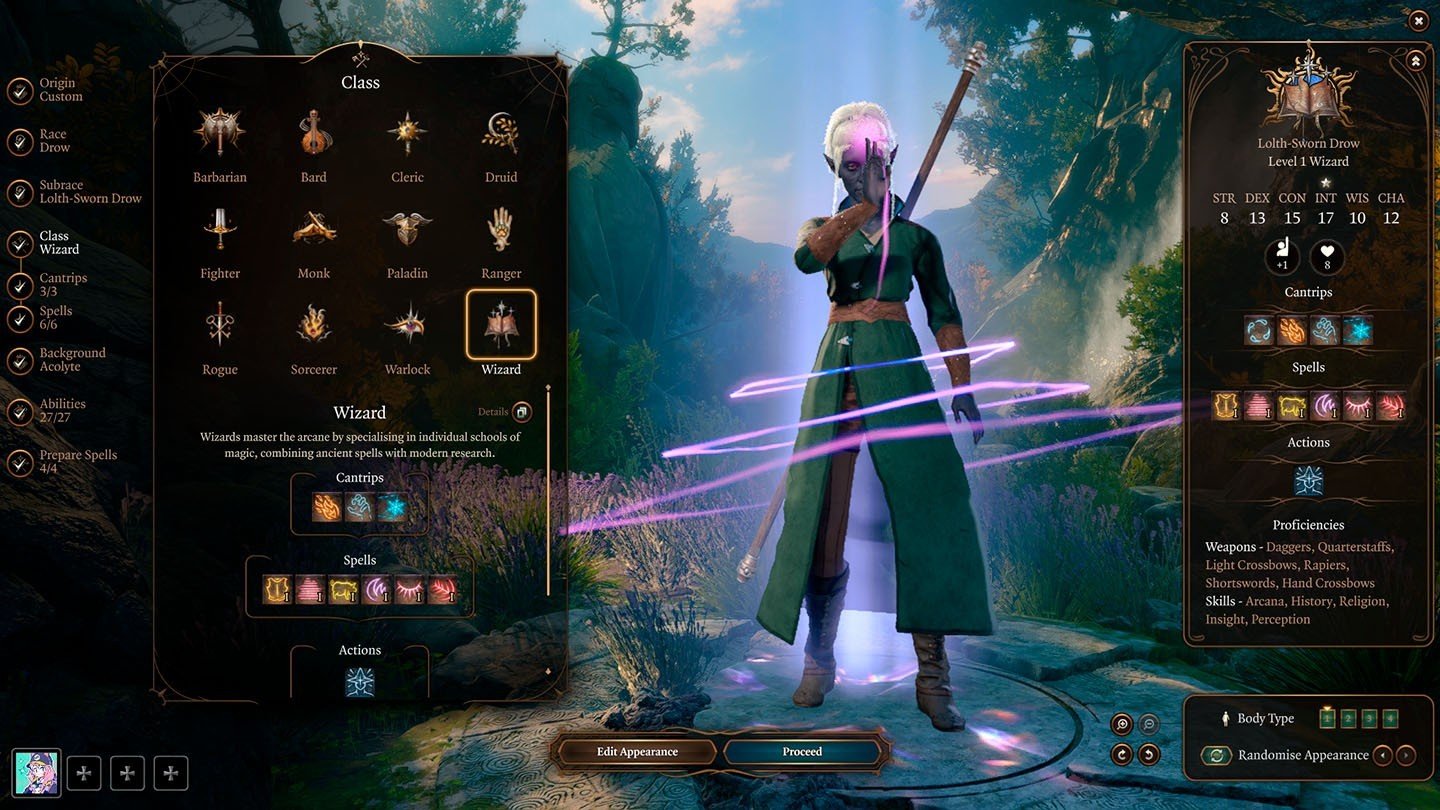 Image: Ensigame.com / Wizard
Image: Ensigame.com / Wizard
In BG3, there are several magical classes, which can confuse new players. Wizards stand out with their extensive spell list and their ability to restore spell slots without a long rest, thanks to the Arcane Recovery feature. Spell slots are a game mechanic used to balance difficulty. To prevent wizards from becoming overpowered, D&D introduced limits on spellcasting, with each spell consuming one spell slot.
Don’t worry about spell slots! As your character levels up, they will gain more slots, including those for higher-level spells. The level determines the spell’s power. You can check out an example of Wizard progression in our guide.
In addition to spells, magic classes can cast cantrips. Unlike spells, cantrips have no levels. Think of them as level-zero magic. Since they don’t require levels, casting a cantrip doesn’t use up a spell slot — just an action.
➕ Pros:
- A vast variety of spells;
- High magical damage;
- Useful in social checks involving magic and identifying magical items.
➖ Cons:
- Low survivability;
- Dependent on resting to restore spells.
Magic classes include not only wizards, sorcerers, and warlocks but also clerics, paladins, and others who gain spell slots. You’ll need to choose your spells before battle. For instance, at level 1, a wizard is offered 23 spells but can only choose 6. The rest aren’t lost. You can swap out selected spells anytime before turn-based combat. Also, with scrolls and gold, you can permanently learn new spells.
Cleric
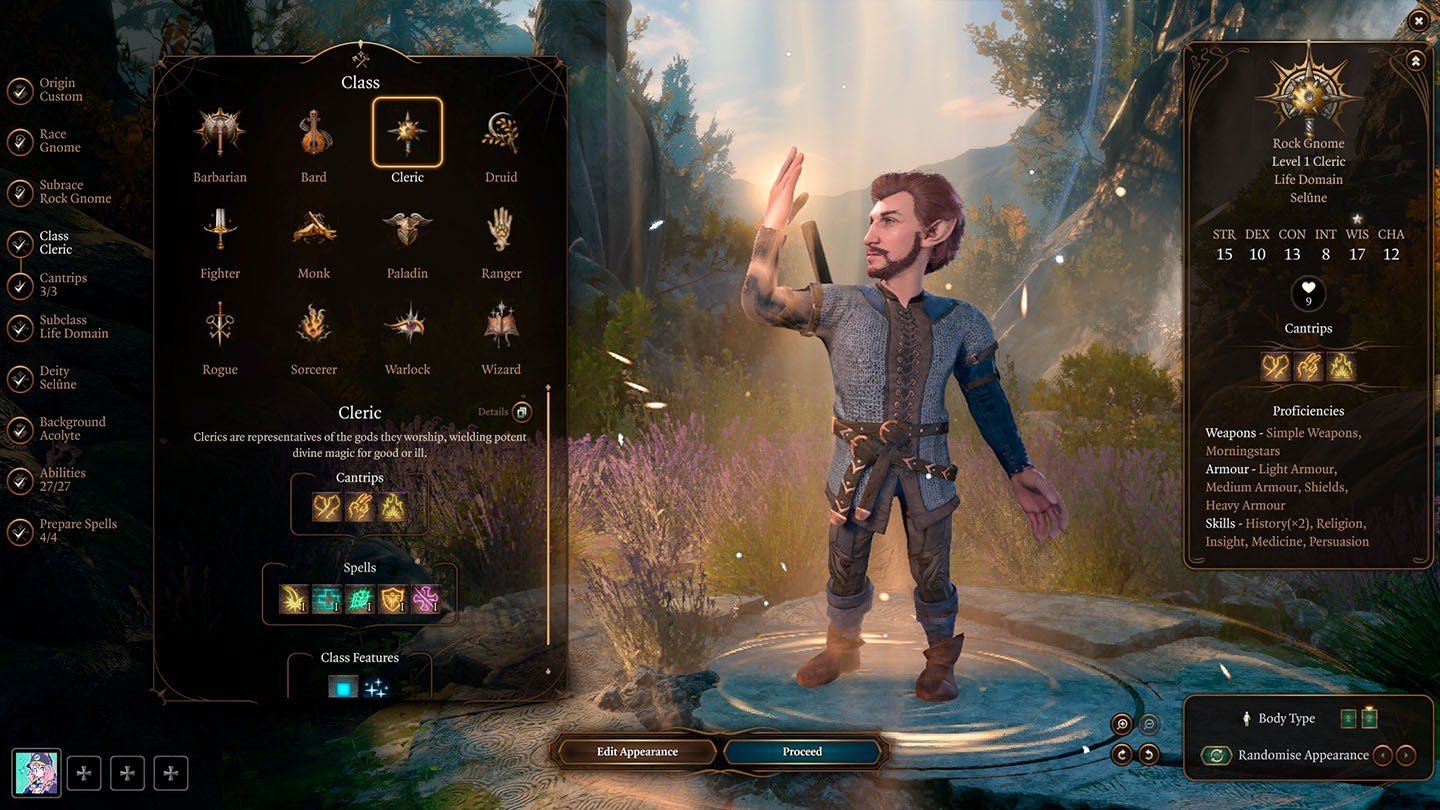 Image: Ensigame.com / Cleric
Image: Ensigame.com / Cleric
Cleric class is servant of the gods and are the game’s primary healers. Their gameplay focuses on healing allies and themselves. They can deal damage, but it’s not as high as other classes. Clerics excel against undead enemies.
➕ Pros:
- Healing abilities;
- Strong defenses;
- Effective against undead.
➖ Cons:
- Lower damage compared to other spellcasters;
- Limited weapon choices.
Clerics have cantrips that buff their party and themselves, as well as Sacred Flame, which deals a small amount of damage.
- Domains: Life, Light, Knowledge, Trickery, War, Tempest, Nature.
Bard
 Image: Ensigame.com / Bard
Image: Ensigame.com / Bard
Bards are versatile characters, often used in support roles because their spells can enhance the party. They have a bit of magic, some combat strength, and a lot of potential for social roleplay.
➕ Pros:
- Versatility;
- Ability to play musical instruments;
- Provide support to the team.
➖ Cons:
- Don’t specialize in any particular area.
Every Bard can grant an ally Bardic Inspiration, a bonus to attack rolls or ability checks. Bards also choose an instrument: drum, flute, lute, lyre, or violin. At level 3, you must choose a subclass.
- Domains: College of Lore (mages), College of Valour (support), College of Swords (warriors).
Paladin
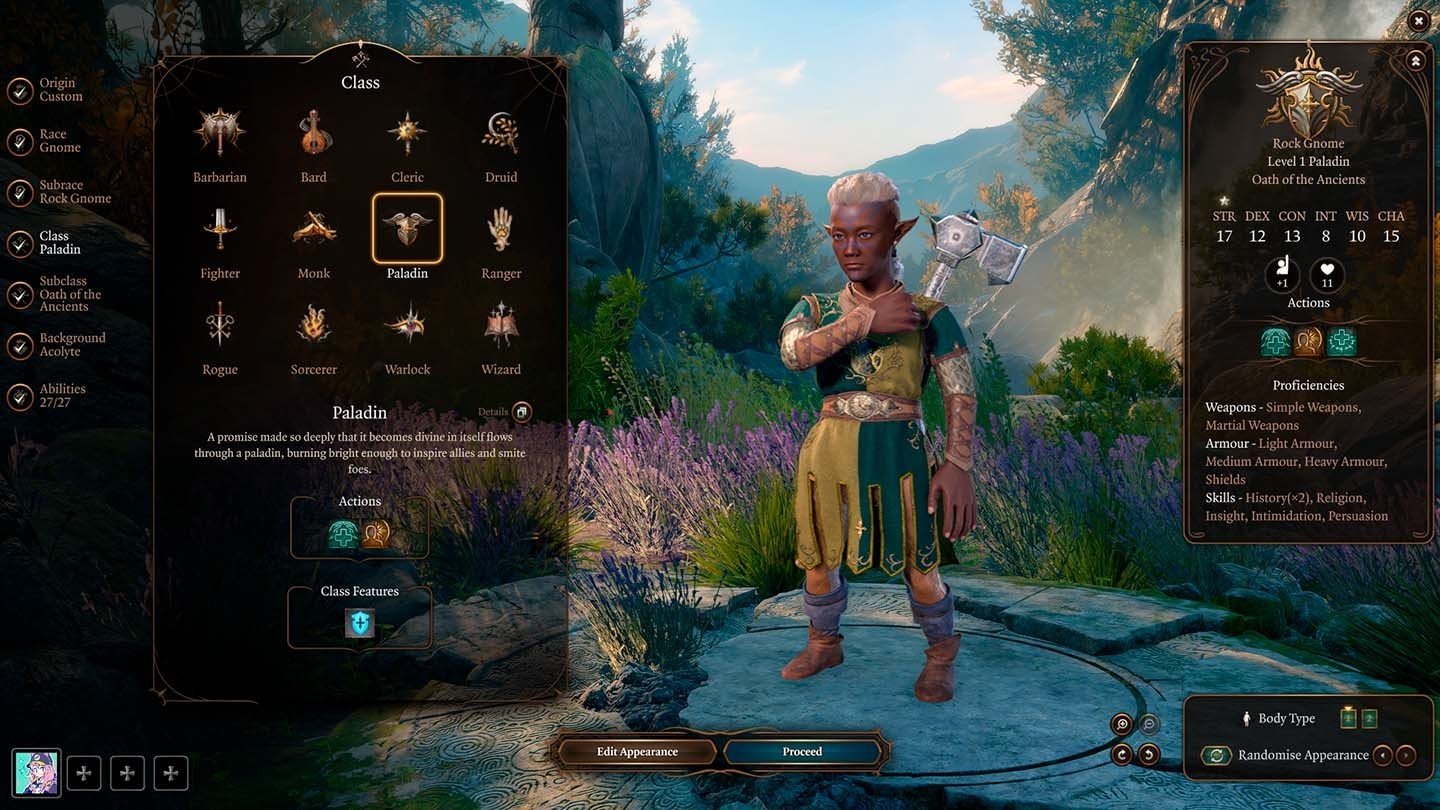 Image: Ensigame.com
Image: Ensigame.com
Paladins are warriors of light and justice, combining combat skills with divine magic, and they excel at offensive magic compared to bards. They are considered one of the strongest and most versatile classes in the game, especially effective against the undead.
➕ Pros:
- High survivability and damage;
- Ability to heal and cast buffs;
- Strong against undead and demons;
- Excellent balance of combat and magical abilities.
➖ Cons:
- Reliant on close combat.
Paladins’ key features are centered around powerful attacks and healing. As a semi-magical class, paladins have both spell slots and Oath Charges. Oath Charges can be spent on either devastating attacks or powerful healing:
- Divine Smite: Adds radiant damage to weapon attacks, especially effective against undead and fiends.
- Lay on Hands: A powerful healing ability, stronger than that of clerics, which can also cure diseases and neutralize poisons.
Paladins are considered one of the strongest classes due to their versatility. They can deal massive damage, tank, heal, and support the party. While some may think they suffer from being "jacks of all trades" like bards, paladins are genuinely powerful in all aspects.
Paladin subclasses are determined by their oaths:
- Devotion (protect the weak);
- Ancients (guardians of nature);
- Vengeance (righteous retribution).
Paladin oaths are not just about special spells and abilities but also play a significant role in roleplay. Each oath has a code of conduct that the paladin must follow. For instance, if you are a protector of the weak, you must help those in need and not refuse aid. Refusing may result in breaking your oath.
If a paladin breaks their oath, they become an Oathbreaker. In BG3, this is implemented as a separate subclass — Oathbreaker. Here are the features that such a character receives:
- Oathbreakers gain dark powers in exchange for losing their light-based ones;
- They can control undead;
- Their Divine Smite deals necrotic damage instead of radiant;
- This path is often chosen by players who want to roleplay a fallen hero or create a more complex character with a dark past.
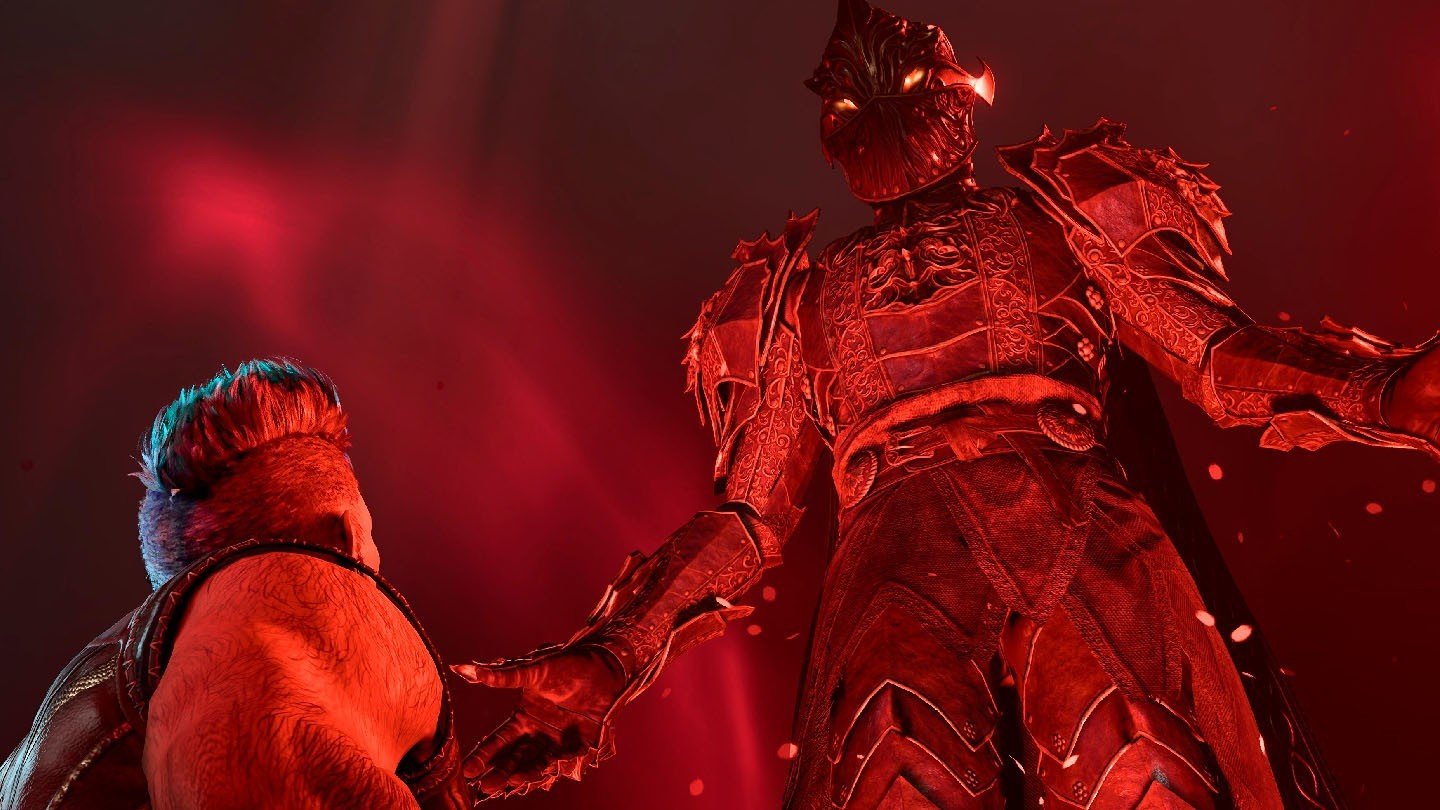 Image: Ensigame.com
Image: Ensigame.com
You can always redeem yourself by paying for your sins and returning to your original oath. After breaking the oath, an Oathbreaker Knight NPC will appear in your camp, and you can pay him to return to the path of light.
Ranger
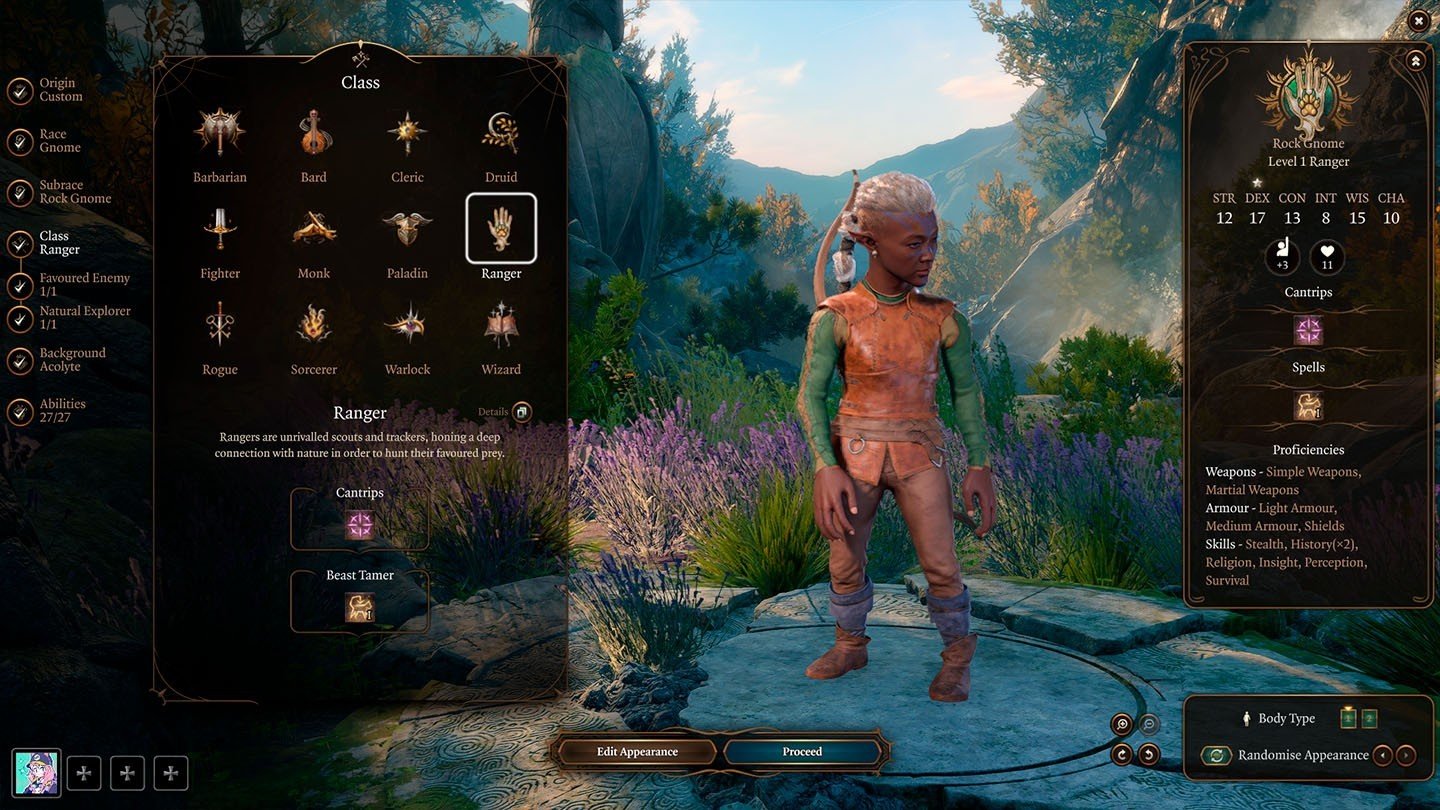 Image: Ensigame.com / Ranger
Image: Ensigame.com / Ranger
Rangers are masters of survival and monster hunting. Some confuse them with rogues since both are damage dealers and favor stealth gameplay. The difference is that rangers wield nature magic, and one of their subclasses can summon a familiar.
➕ Pros:
- Effective in both ranged and melee combat;
- Unique skills for world exploration;
- Combination of combat and magical abilities.
➖ Cons:
- Less melee damage than other close combat classes;
- Limited spell selection.
Rangers receive attack bonuses against certain creature types through the Favored Enemy ability. The player chooses their Favored Enemy during character creation.
At level 3, you can choose a subclass:
- Hunter (monster expert);
- Beast Master (animal handler);
- Gloom Stalker (stealth-focused).
Barbarian
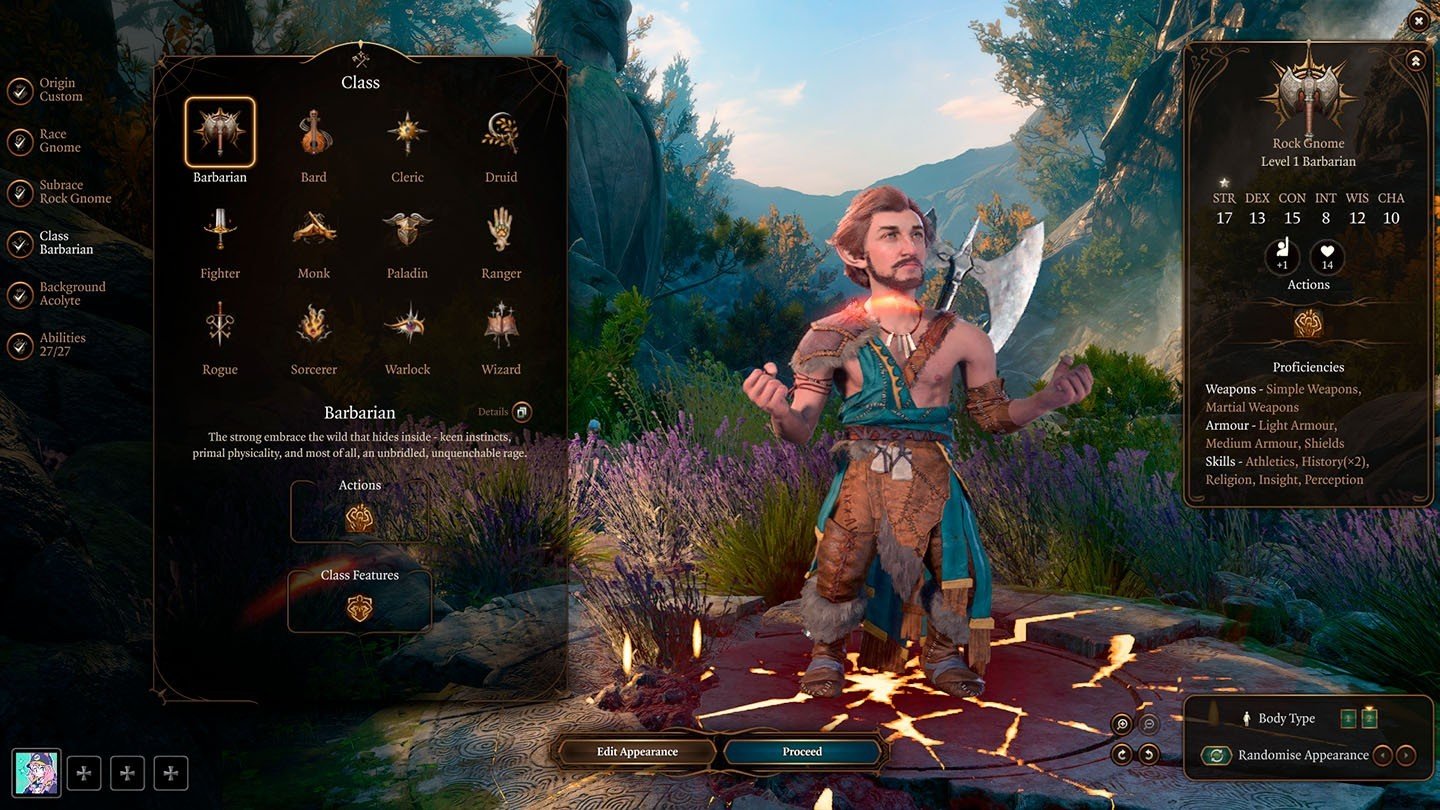 Image: Ensigame.com / Barbarian
Image: Ensigame.com / Barbarian
Barbarians are wild warriors who rely on their rage in combat. They are great tanks, deal significant melee damage, and have high survivability. Their unique trait is the ability to enter a Rage, which grants them bonuses to attack rolls and skill checks.
➕ Pros:
- High survivability;
- Massive melee damage;
- Rage ability for combat enhancement.
➖ Cons:
- No magical abilities;
- Vulnerable to mental attacks.
Rage is what sets barbarians apart from fighters. This ability is activated with a bonus action and grants advantages on Strength checks and saving throws, a bonus to melee damage, and resistance to piercing, slashing, and bludgeoning damage.
Another key trait is Unarmored Defense, which allows barbarians to avoid wearing armor while still having a high armor class to prevent being killed in one hit.
At level 3, you can choose a subclass:
- Berserker (enhances rage);
- Totem Warrior (mystical abilities from spirits);
- Wild Magic (adds random magical effects to rage).
Sorcerer
 Image: Ensigame.com / Sorcerer
Image: Ensigame.com / Sorcerer
Sorcerers are born with magic, with mana coursing through their veins and soul. Unlike other spellcasters, sorcerers choose a magical focus and refine it, with the ability to alter spells.
➕ Pros:
- Metamagic to modify spells;
- Flexibility in magic use;
- High magical damage.
➖ Cons:
- Limited spell selection;
- Low survivability.
Metamagic is a unique sorcerer ability that allows them to modify spells on the fly. For instance, you can turn a spell into a bonus action instead of a main action, hit two enemies instead of one, or reroll damage.
Sorcery Points are used to activate Metamagic and generate additional spell slots. Sorcerers can convert spell slots into sorcery points and vice versa.
Subclasses:
- Draconic Bloodline: Enhanced survivability and spell bonuses tied to specific elements.
- Wild Magic: Random magical effects with a chance to gain advantage on rolls.
- Storm Sorcery: Control over the weather and the ability to fly.
Monk
 Image: Ensigame.com / Monk
Image: Ensigame.com / Monk
Monks are martial arts masters who use their inner energy, Ki, in battle. They are highly effective in melee combat without weapons.
➕ Pros:
- High mobility;
- Effective without armor or weapons;
- Unique Ki abilities.
➖ Cons:
- Moderate survivability;
- Limited Ki points.
Ki Points are the monk's resource, restored after a short rest. They are used to activate special moves such as:
- Flurry of Blows: Two additional unarmed strikes as a bonus action;
- Patient Defense: Take a defensive stance, gaining advantage on dodging;
- Step of the Wind: Double your movement speed and avoid opportunity attacks.
At level 3, monks can choose a subclass:
- Way of the Open Hand (masters of unarmed combat);
- Way of Shadow (ninjas);
- Way of the Four Elements (elemental powers).
Warlock
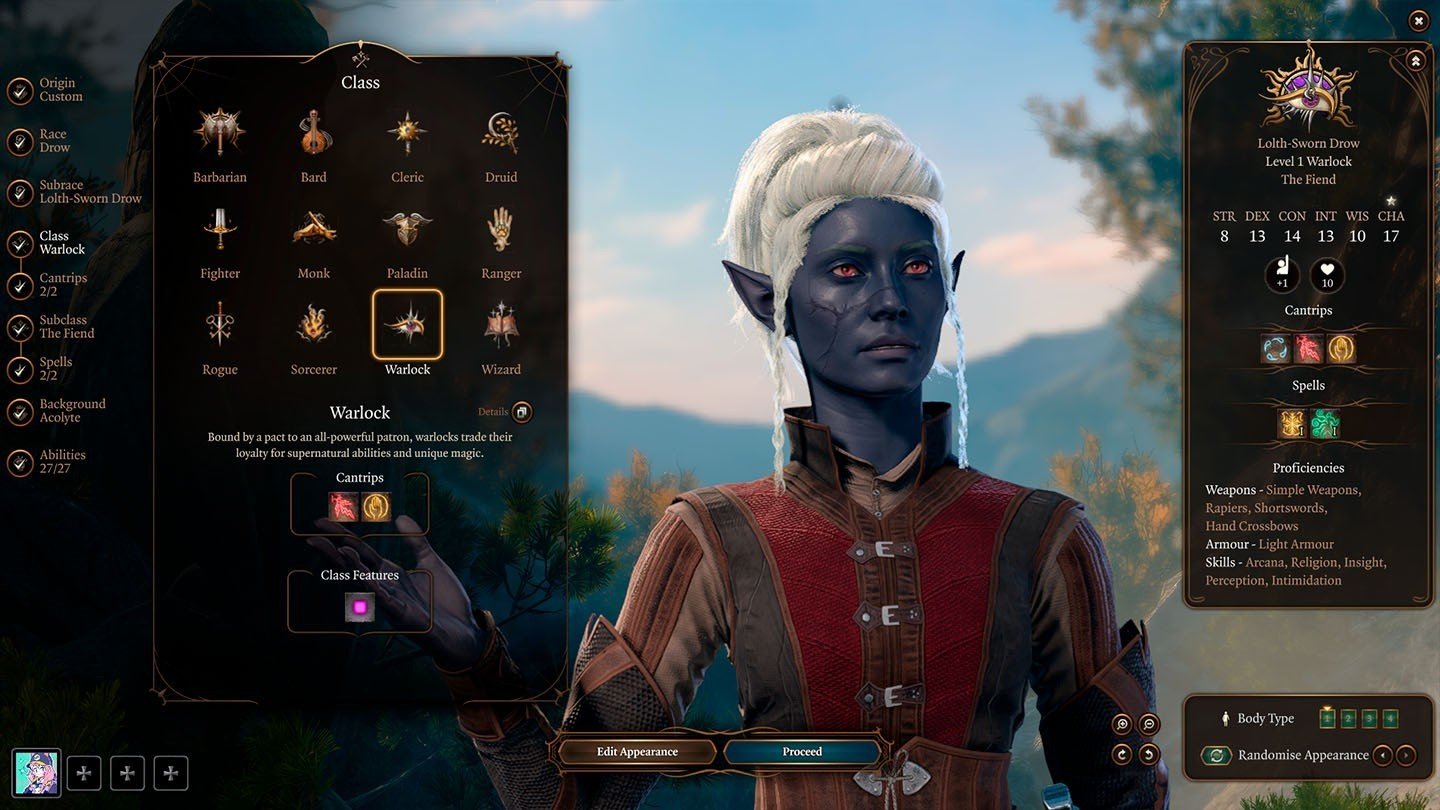 Image: Ensigame.com / Warlock
Image: Ensigame.com / Warlock
Warlocks are practitioners of magic who gain power from a powerful otherworldly patron. What sets warlocks apart from other casters is the source of their power.
➕ Pros:
- Powerful spells that recharge after a short rest;
- Flexibility in development.
➖ Cons:
- Limited spell slots.
Warlocks’ primary feature is Eldritch Invocations, permanent magical effects that enhance spells, abilities, and the warlock's stats. For example, you can enhance Eldritch Blast. Invocations are chosen based on the warlock's role in the team and playstyle.
Warlocks have fewer spell slots than other casters but gain more powerful spell slots earlier at lower levels.
Subclasses are tied to the warlock’s patron:
- The Fiend (demonic magic);
- The Great Old One (ancient magic);
- The Archfey (fey magic).
Druid
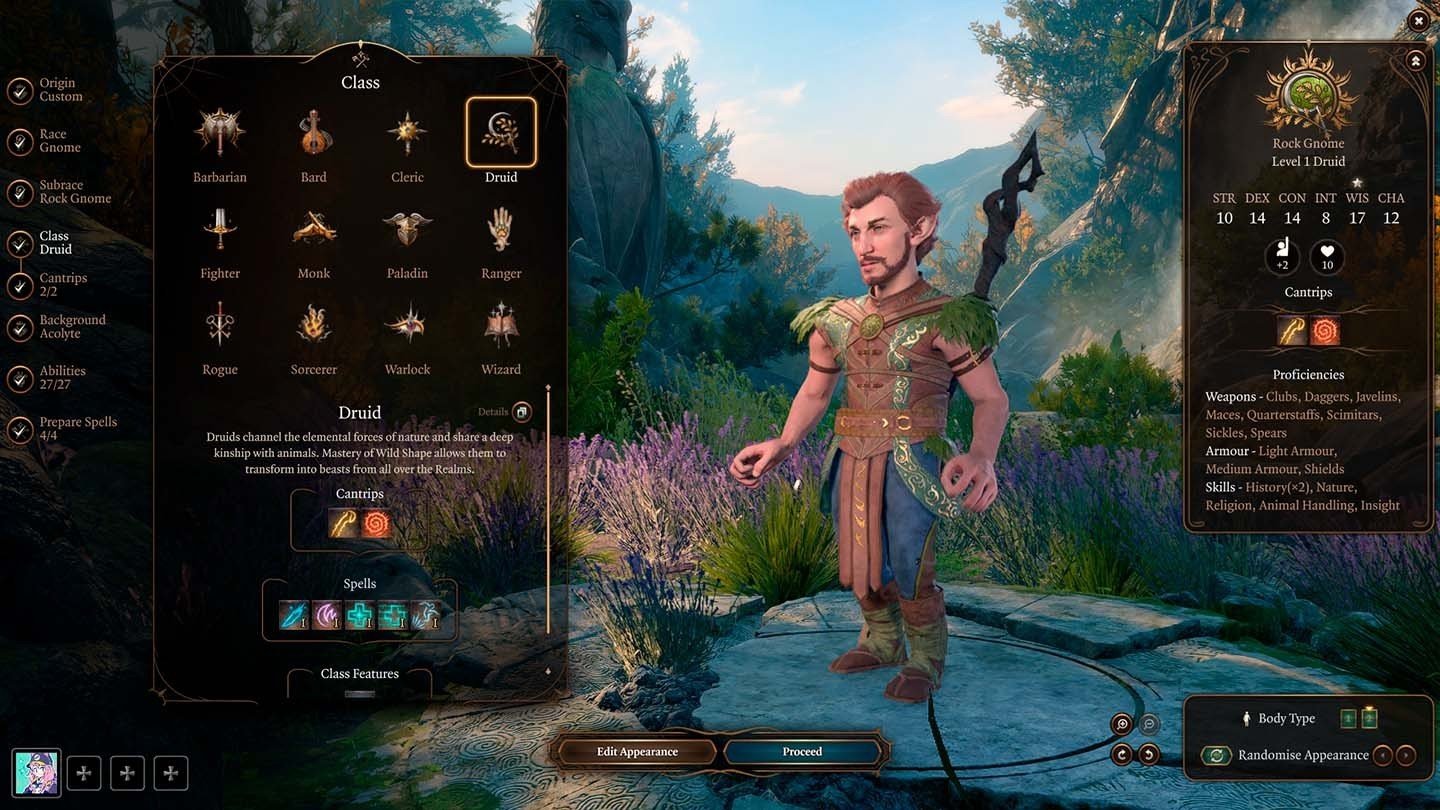 Image: Ensigame.com / Druid
Image: Ensigame.com / Druid
Druids are nature’s guardians, able to shapeshift and use elemental magic. Druids are versatile characters, effective in both combat and world exploration. They can transform into animals, and their combat spells are focused on area-of-effect attacks, making them effective against groups of enemies.
➕ Pros:
- Ability to shapeshift into animals;
- A variety of nature and healing spells;
- Flexibility in fulfilling various team roles.
➖ Cons:
- Limited armor choices (cannot use metal armor);
- Difficult for beginners due to the many options.
Wild Shape is the key ability of druids, allowing them to transform into various animals. Depending on the form chosen, they gain additional health, new abilities, and strength. Their spell list includes area control magic, summoning creatures, and healing spells.
Subclasses:
- Circle of the Land (nature magic);
- Circle of the Moon (focus on transformations);
- Circle of Spores (plays through poisonous fungal spores).
Origins
In Baldur's Gate 3, players can choose one of 12 backgrounds for your character, with the "Haunted One" being exclusive to the Dark Urge storyline. The background reflects your character's past and influences their skills, knowledge, and certain aspects of gameplay. Here’s a list of all available backgrounds:
- Acolyte;
- Charlatan;
- Criminal;
- Entertainer;
- Folk Hero;
- Guild Artisan;
- Noble;
- Sage;
- Soldier;
- Urchin;
- Outlander;
- Haunted One (Dark Urge only).
Each background grants bonuses to specific skills. For example, Charlatans get bonuses to Deception and Sleight of Hand. In some conversations, unique dialogue options may appear, tied to your background.
Backgrounds also determine how your character gains Inspiration, a system that allows you to reroll dice in dialogues. For instance, if you need to deceive an NPC and the difficulty is 15, but you rolled a 10 with bonuses totaling 14 — that’s not enough. You can use Inspiration to reroll the die once.
Feats in Baldur’s Gate 3
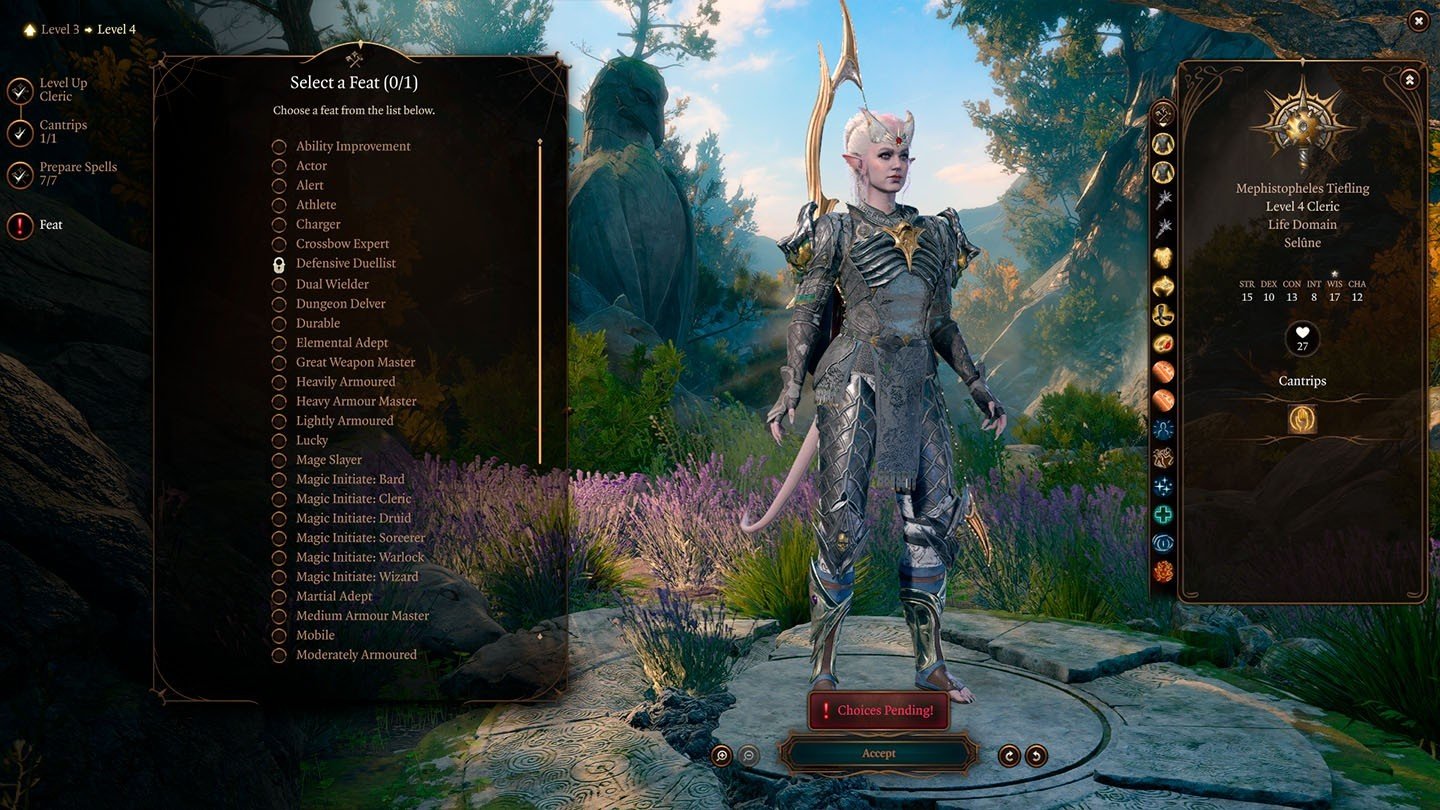 Image: Ensigame.com / Feats in Baldur’s Gate 3
Image: Ensigame.com / Feats in Baldur’s Gate 3
At levels 4, 8, and 12, your character has the option to choose a feat instead of increasing their attributes. Feats are special abilities that can significantly enhance your character or grant new opportunities. Here are some of them:
- Athlete: Increases Strength or Dexterity by 1 and makes it easier to stand up from being prone.
- Dual Wielder: Grants a +1 bonus to armor class when wielding a weapon in each hand and allows for two-weapon fighting.
- Great Weapon Master: If you fight with a heavy two-handed weapon, this feat allows an extra attack on critical hits or enemy kills and offers greater damage through precision.
- Magic Initiate: Lets you learn two cantrips and one 1st-level spell from a chosen spellcasting class.
- Mobile: Increases movement speed and grants advantage when dashing.
- Shield Master: Improves defense with a shield, particularly effective against spells.
- Skilled: Lets you learn three additional skills.
- Tough: Increases maximum hit points by 2 for each level.
When choosing a feat, it’s important to consider your playstyle and your character's role in the party.
Companions
In Baldur’s Gate 3, companions are not just ordinary NPCs but full-fledged members of your party with unique stories, personalities, and abilities. They travel with you, participate in battles, and influence the storyline, reacting to events and commenting on decisions.
Each companion has their own background, motivation, and personal quests. Your decisions and actions will affect your relationship with them. You can become friends, enemies, or even lovers.
Astarion
 Image: Ensigame.com / Astarion
Image: Ensigame.com / Astarion
A High Elf vampire, once a nobleman living in Baldur’s Gate. He is elegant, charismatic, and sharp-witted. Despite his vampiric nature, Astarion strives to retain his humanity and fight against his bloodlust.
His story is full of secrets and tragedies. He was turned into a vampire against his will and now seeks a way to break this curse. His past is closely tied to a mysterious vampire named Cazador, who plays a significant role in the game’s story and Astarion’s personal quest.
Gale
 Image: Ensigame.com / Gale
Image: Ensigame.com / Gale
A human wizard from Waterdeep, known for his magical talent, sharp intellect, and mischievous antics from his academy days. He is charismatic, educated, and always ready to tell an interesting story or joke.
Gale was once a disciple of Mystra, the goddess of magic. Due to a failed experiment, a "magical bomb" was placed in his chest, threatening to destroy not only him but everyone around him. Gale is searching for a way to solve this problem. Before the events of the game, he lived a reclusive life in a tower, with his familiar cat bringing him powerful artifacts to feed the curse’s hunger.
Shadowheart
 Image: Ensigame.com / Shadowheart
Image: Ensigame.com / Shadowheart
A half-elf cleric of the goddess Shar. She is gloomy, mysterious, and often seems detached from the group’s problems. Shadowheart remembers nothing of her past, only that she serves her goddess and was on a mission when she encountered the player.
Throughout the adventure, Shadowheart begins to trust the player more, cracks jokes, and may even offer to share some wine. But behind the humor lies a wounded soul.
Wyll
 Image: Ensigame.com / Wyll
Image: Ensigame.com / Wyll
A human warlock and former soldier of Baldur’s Gate. He is straightforward, honest, and has a strong sense of justice. Wyll is always ready to protect the weak and fight against injustice. However, fate played a cruel trick on him. While defending his homeland, he was framed, causing his own father to doubt his honor and loyalty.
The player meets Wyll in the grove, where he teaches young Tieflings how to wield weapons so they stand a chance if goblins attack their refuge.
Karlach
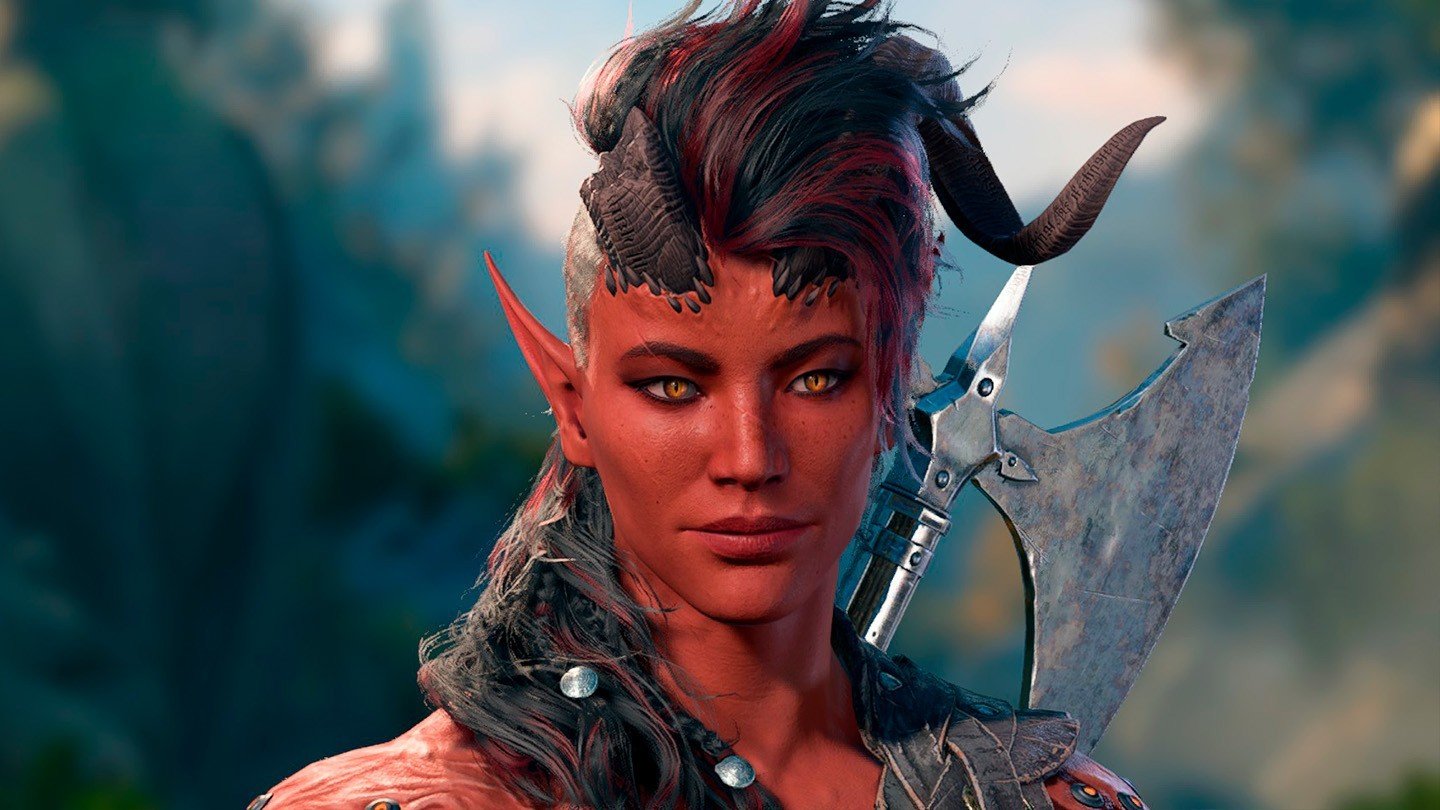 Image: Ensigame.com / Karlach
Image: Ensigame.com / Karlach
A Tiefling barbarian who lived in Elturel before being captured. As a prisoner, she was forced to fight in the eternal conflict between demons and devils. She served the archdevil Zariel for many years in hell.
Karlach dared to escape and ended up on the Mind Flayer ship when it briefly appeared in Avernus. This allowed her to flee from hell. After the ship crash, Karlach tasted freedom for a short time but is now on the run, with a squad of elite (and not-so-elite) hellish warriors sent after her.
Lae'zel
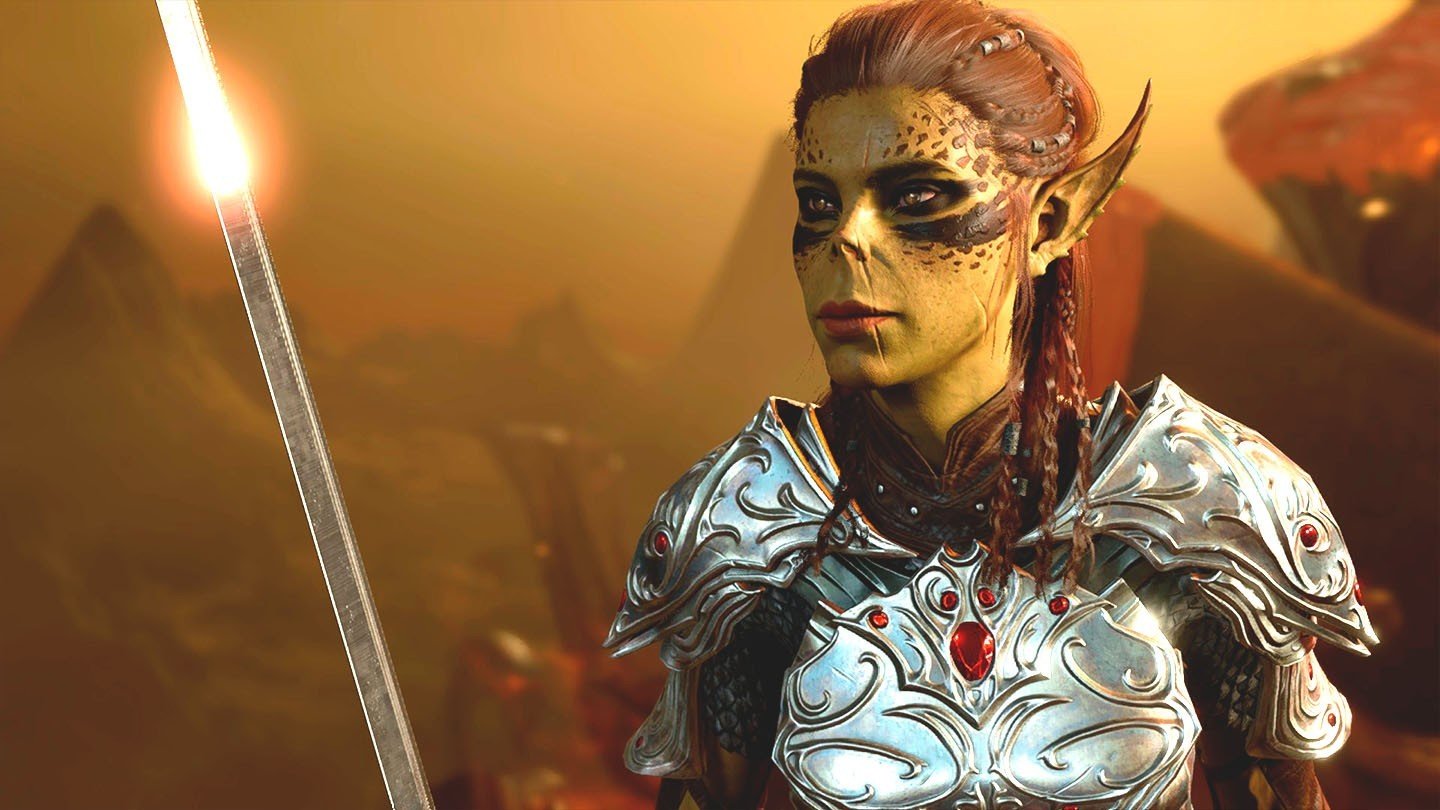 Image: Ensigame.com / Lae'zel
Image: Ensigame.com / Lae'zel
A Githyanki warrior, proud and aggressive. She is arrogant, brutal, and loyal to her people and traditions. Lae'zel wants to return to her kin and prove her worth. She is disgusted by the thought of being kidnapped by Illithids.
However, despite her rough and arrogant demeanor, there is an opportunity to influence Lae'zel's character and worldview in the game. Alternatively, you can choose not to interfere and allow her to follow the harsh traditions of the Githyanki.
Minthara
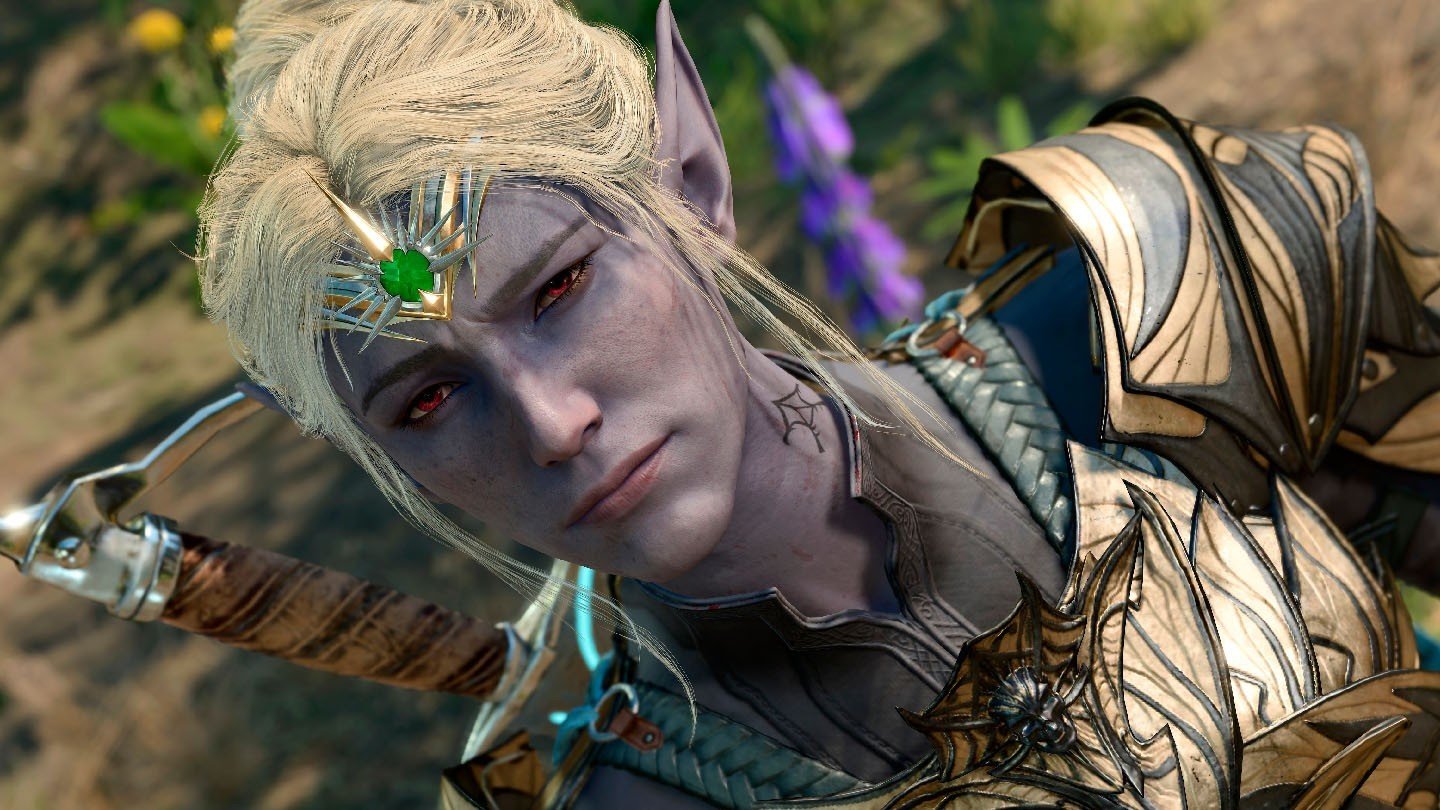 Image: Ensigame.com / Minthara
Image: Ensigame.com / Minthara
A Drow paladin of the Absolute. She is cold, calculating, and ruthless toward the enemies of her faith. Little is known about Minthara’s past, only that she left the Underdark and quickly rose through the ranks of the cult thanks to her combat skills and fanatical devotion. The player encounters Minthara in the goblin camp, where she leads the scouting party and plans the raid on the Emerald Grove. Behind her calm mask lies frustration over the recent failures of her subordinates.
Halsin
 Image: Ensigame.com / Halsin
Image: Ensigame.com / Halsin
An elven druid and leader of the druids in the grove. He is wise, calm, and reverent toward nature. Halsin can transform into a bear, a form players saw in the game's trailer in a scene with Astarion.
Before becoming a druid, Halsin was an adventurer who loved seeking out new experiences. Unfortunately, toward the end of his adventures, he became involved in a war in which many comrades, including the previous archdruid of the Emerald Grove, died. Halsin was forced to take on the title and stay with the remaining allies in the grove.
Jaheira
 Image: Ensigame.com / Jaheira
Image: Ensigame.com / Jaheira
A half-elf druid who has appeared in every installment of the Baldur's Gate franchise. She is strong, independent, and sometimes harsh in conversation. As a druid, Jaheira is deeply devoted to nature and balance.
Jaheira has traveled many times through Baldur’s Gate and its surroundings. In this game, she raises her children alone, as her husband died in previous installments. Now, as she nears retirement, she prepares to shake off the dust of old age one last time and protect the world from an imminent threat.
Minsc
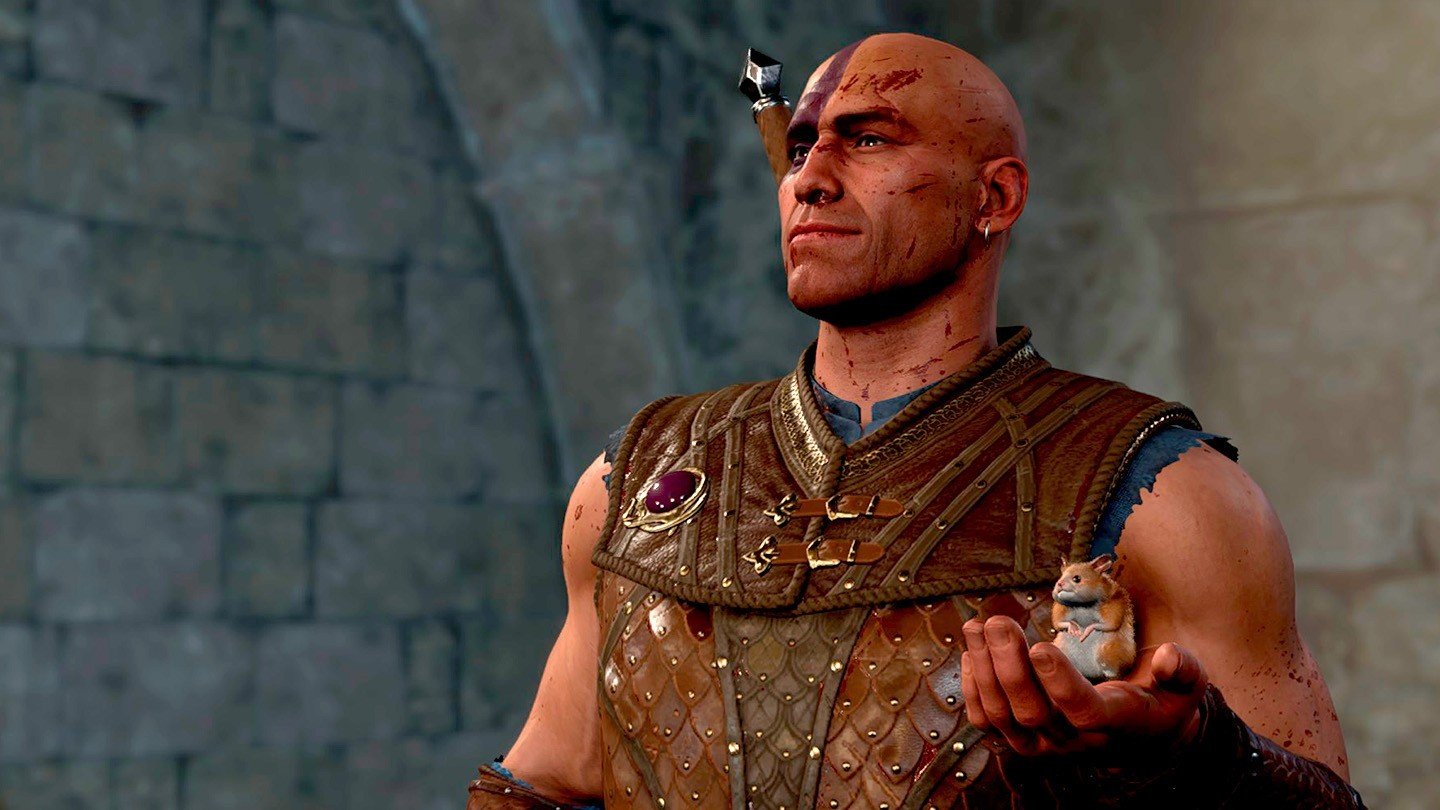 Image: Ensigame.com / Minsc
Image: Ensigame.com / Minsc
A human ranger and another character from the earlier games. He hails from Rashemen, a country in the northeast of Faerûn. Minsc is good-natured, strong, and a bit naive. He is always ready to fight for justice, often guided by the advice of his faithful companion, Boo the miniature giant space hamster.
If you’ve read this entire guide and understood even one of the mechanics, then we’ve succeeded in our mission! Baldur’s Gate 3 is a massive yet beginner-friendly game. The community is large and active, so if you feel like the selection of races and classes isn’t enough, you can install a few mods to diversify the gameplay. But BG3 mods are another story. Let us know in the comments if you’d like a roundup of the best mods!
Main image: Ensigame

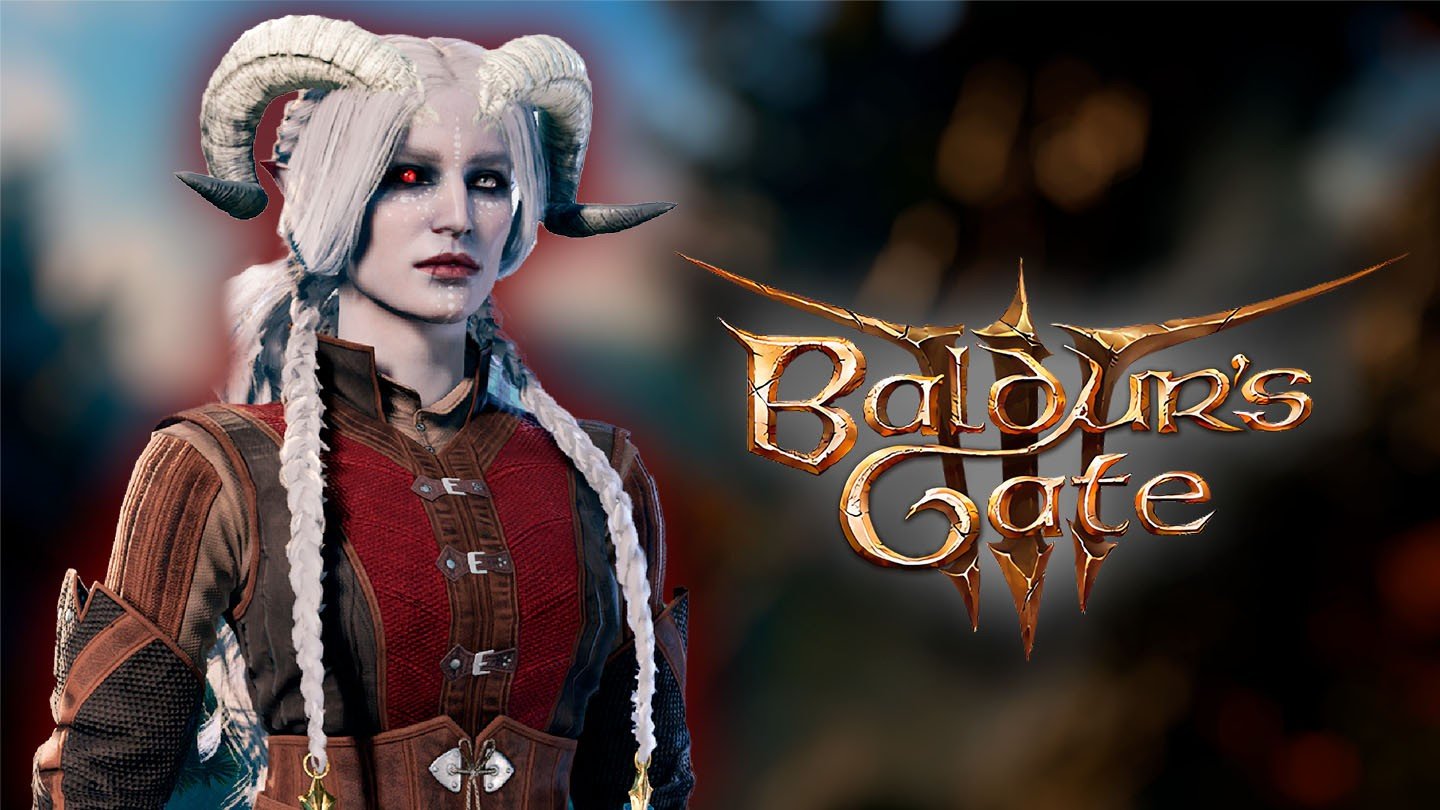
 Daria "Foxdari" Sedelnikova
Daria "Foxdari" Sedelnikova

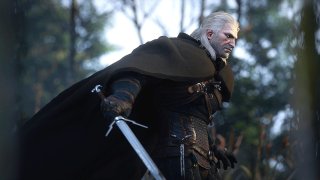
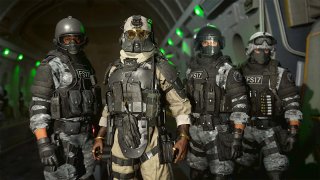






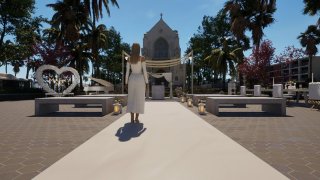


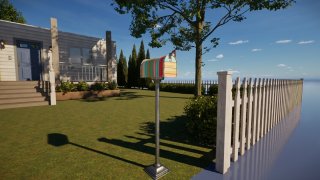
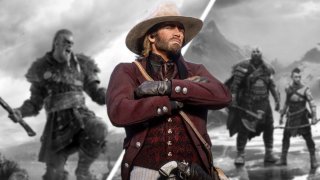

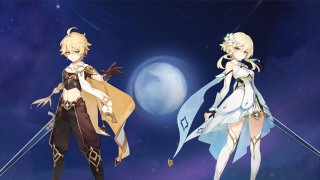


0 comments